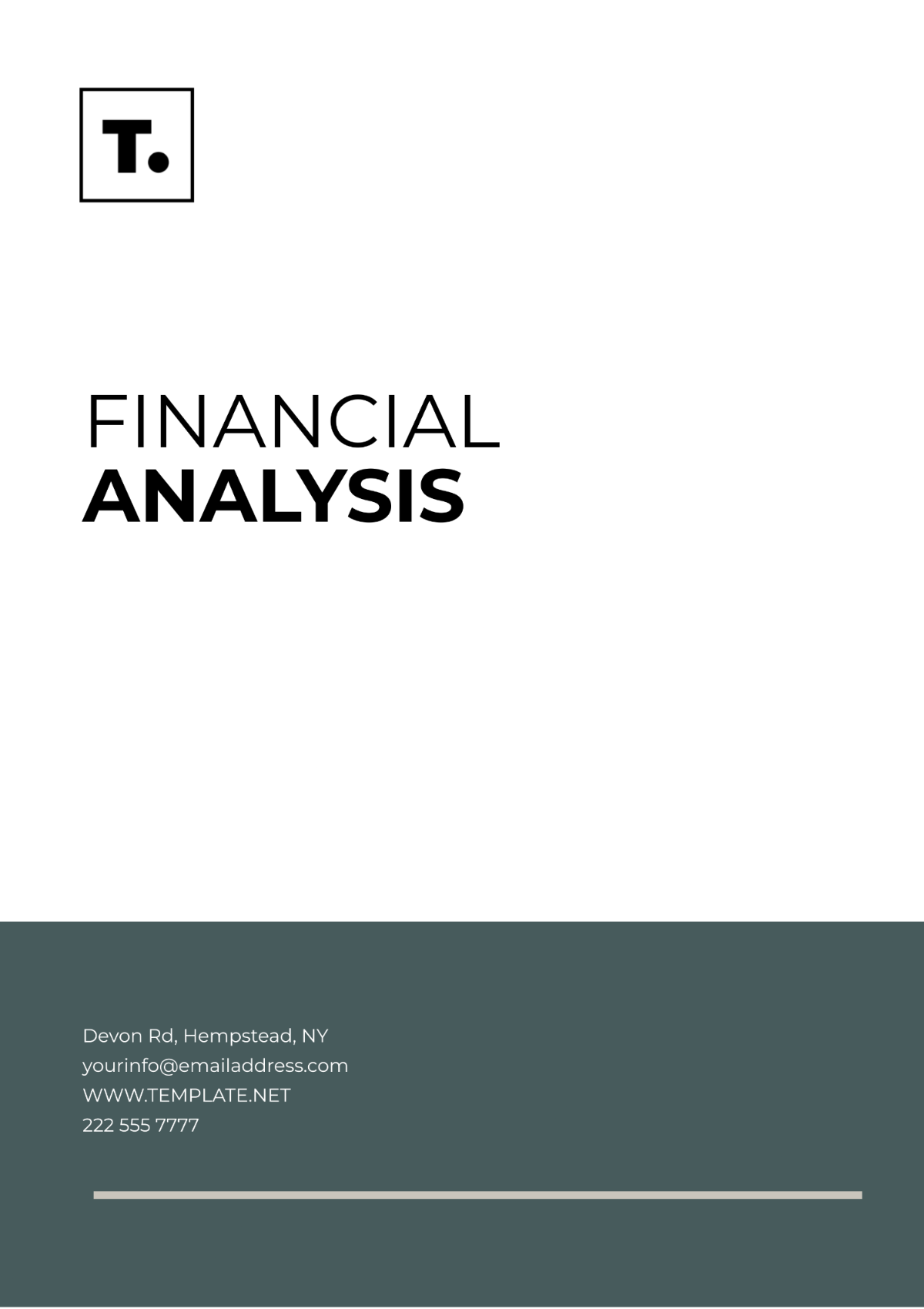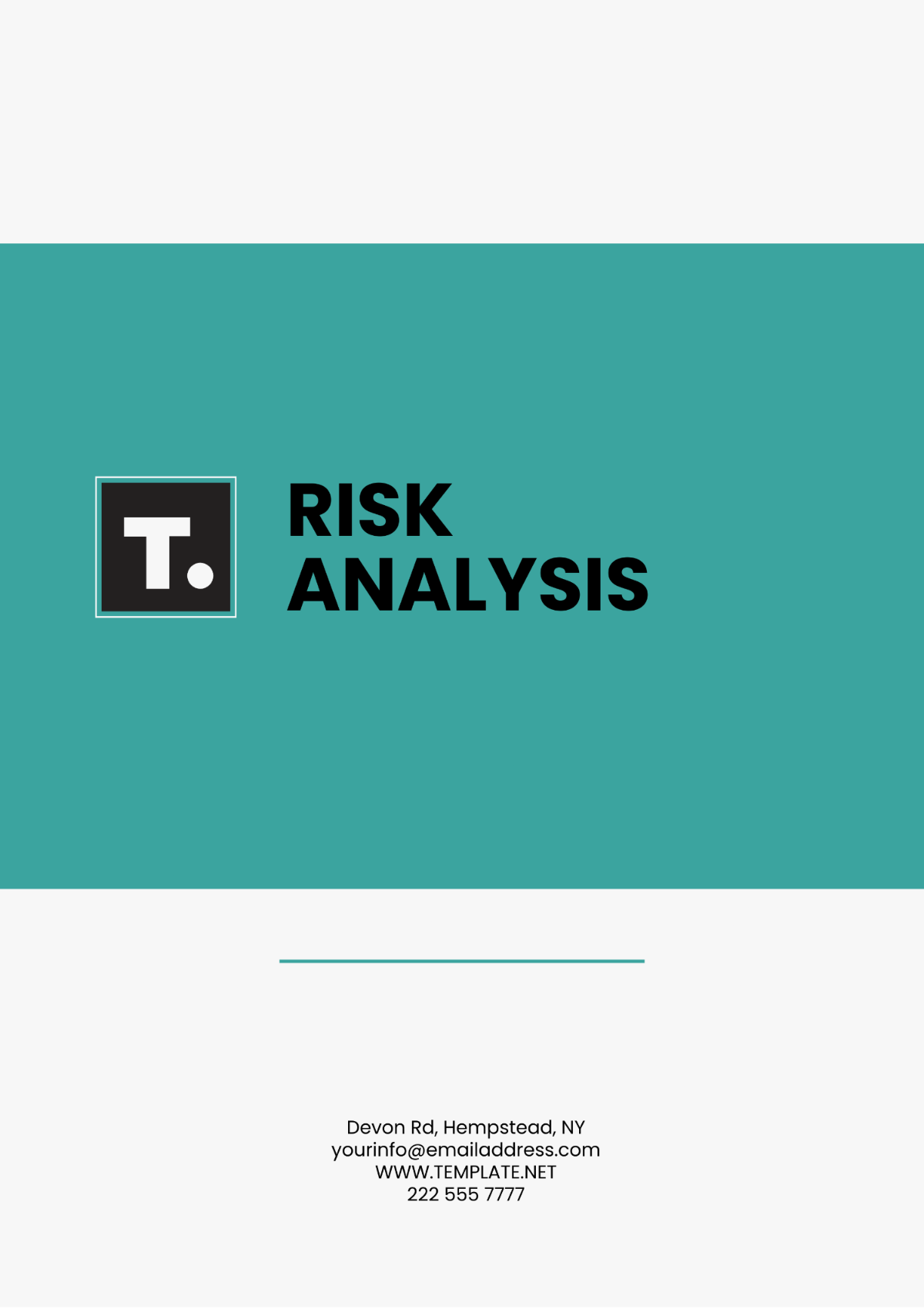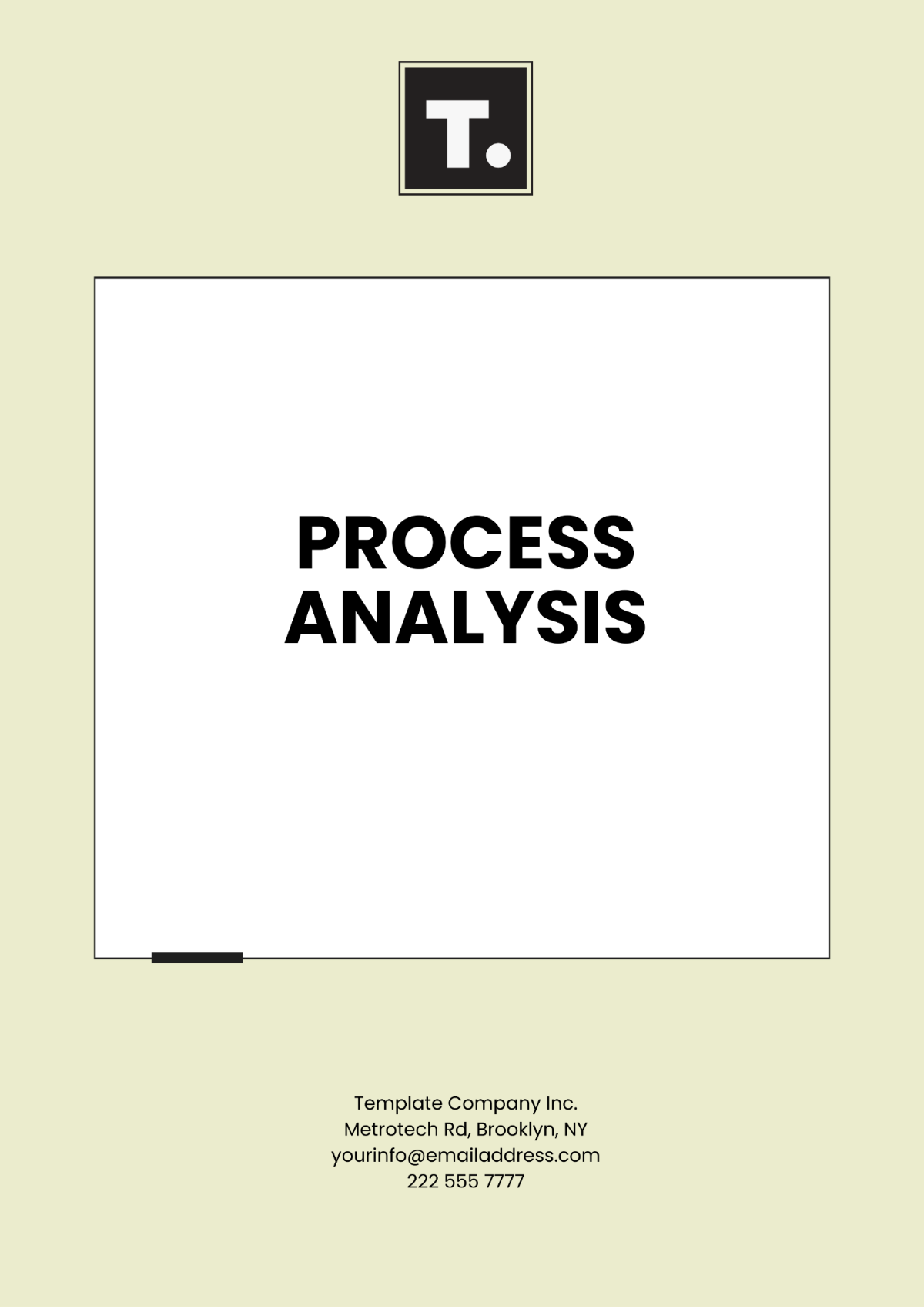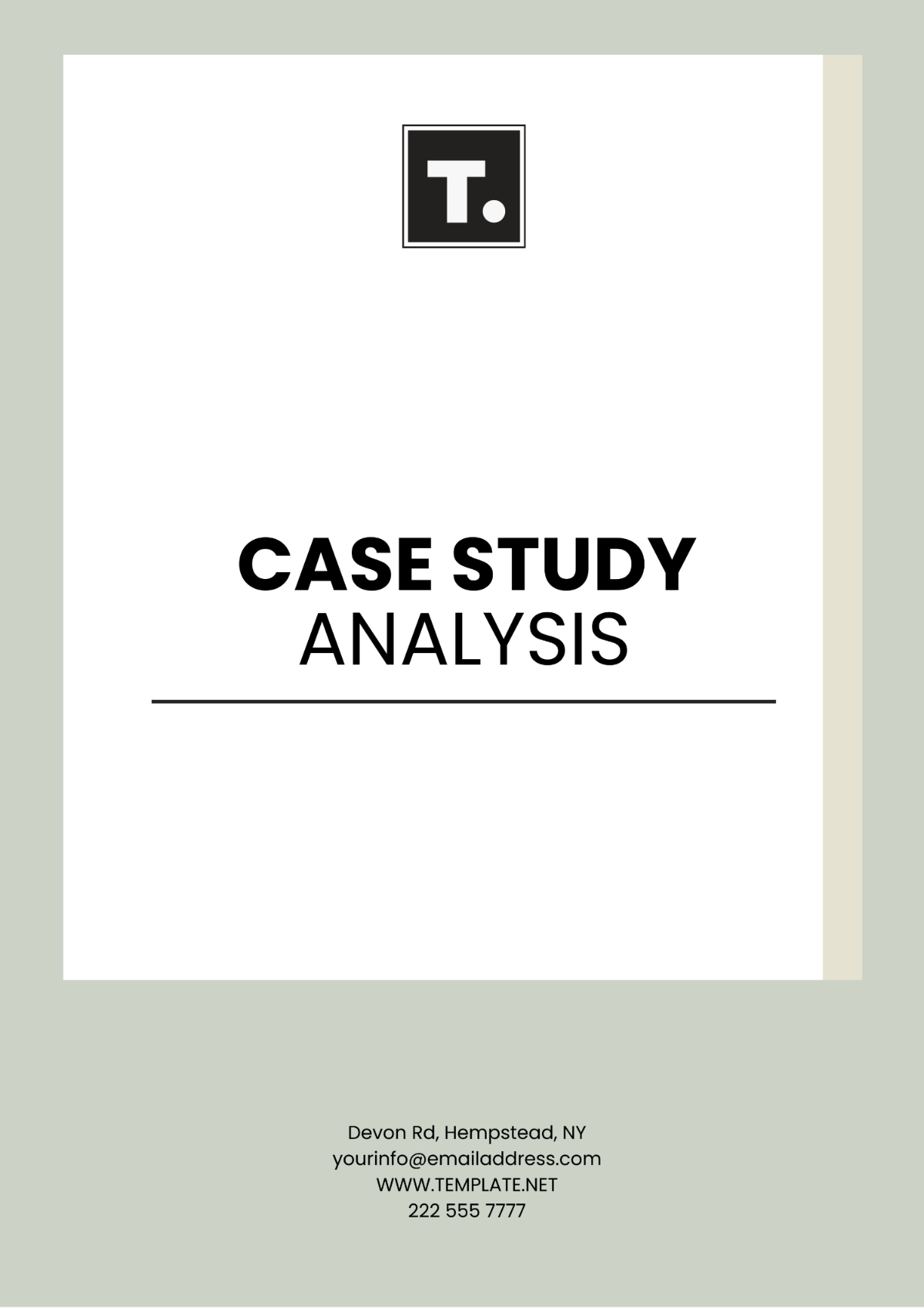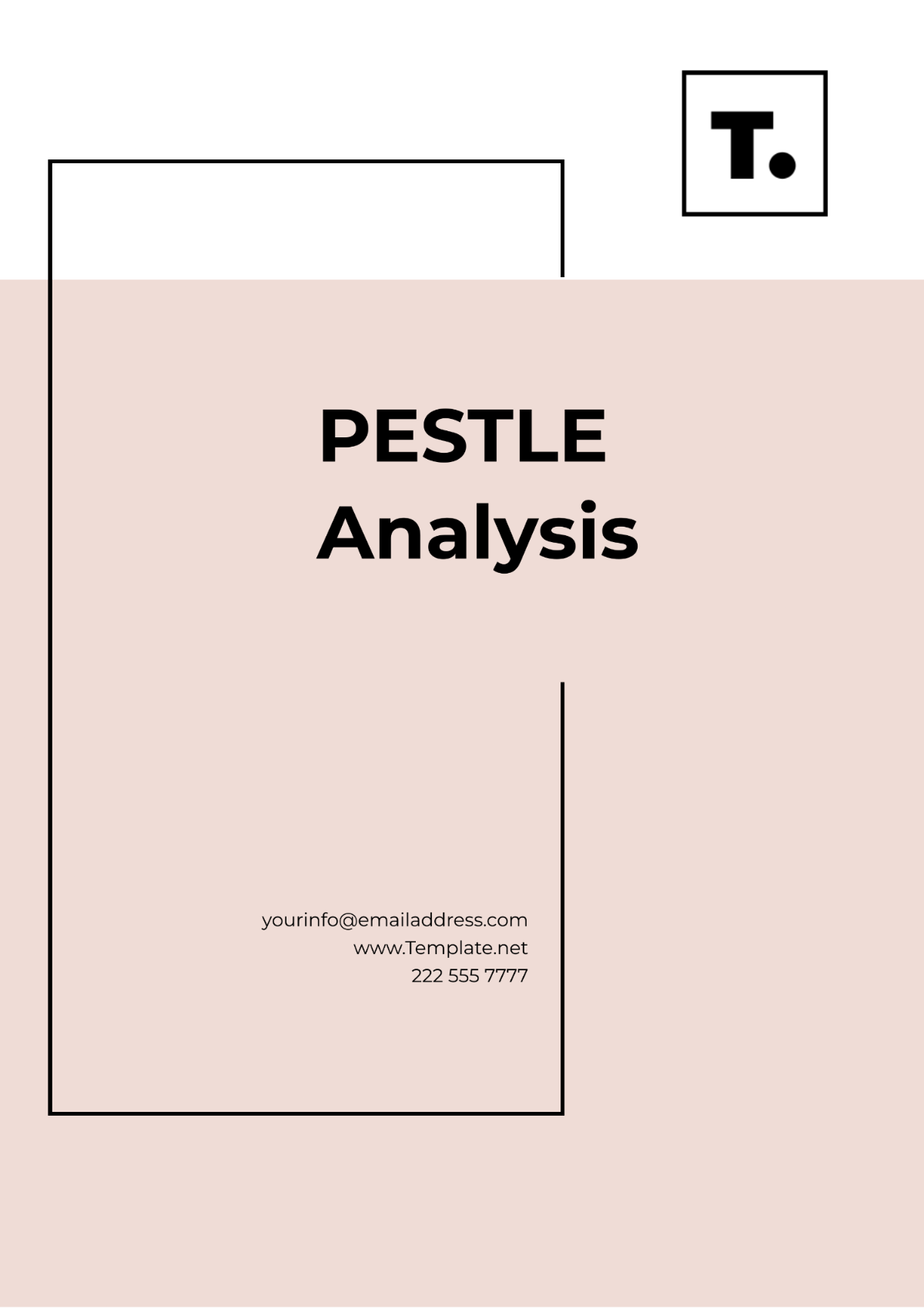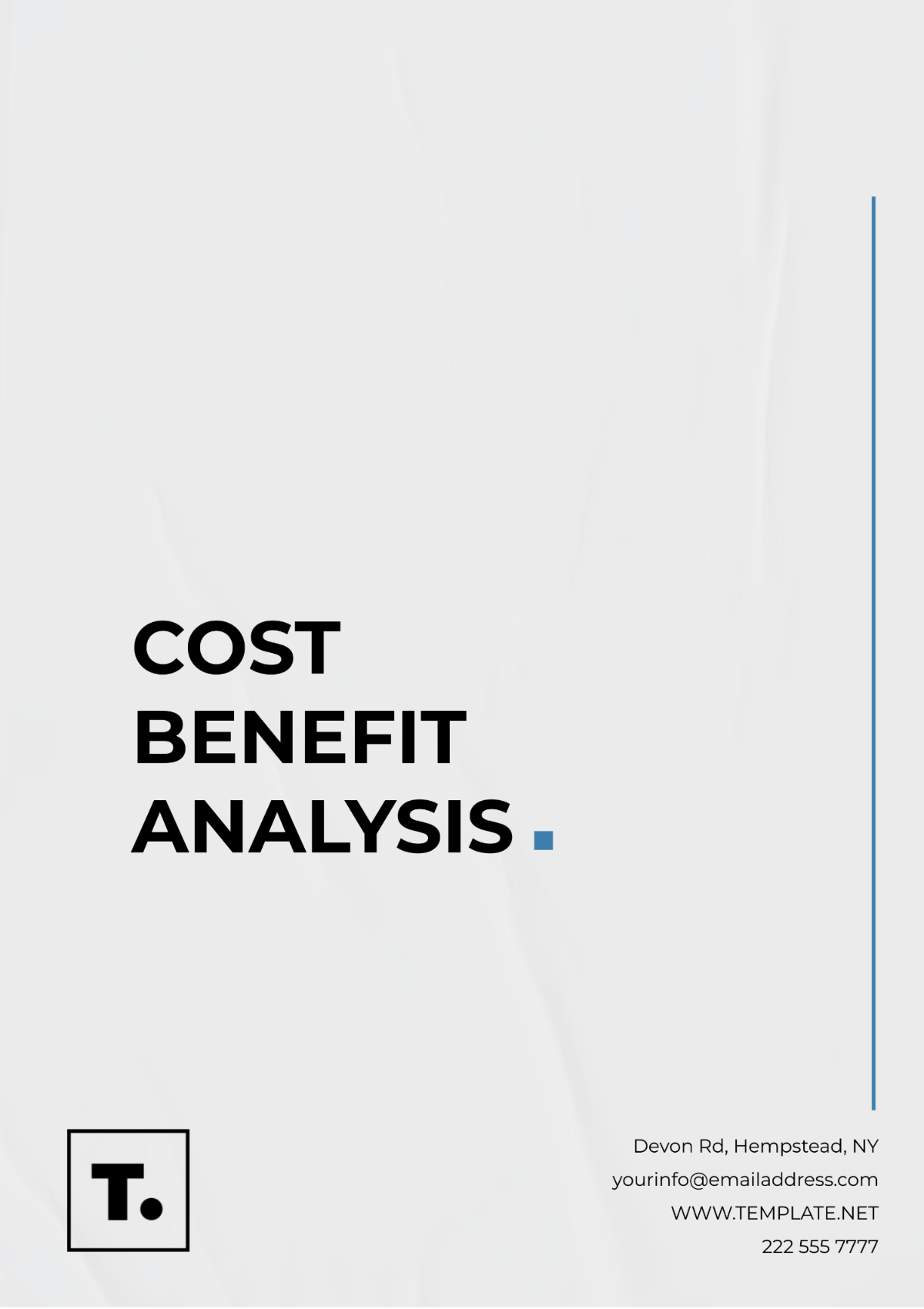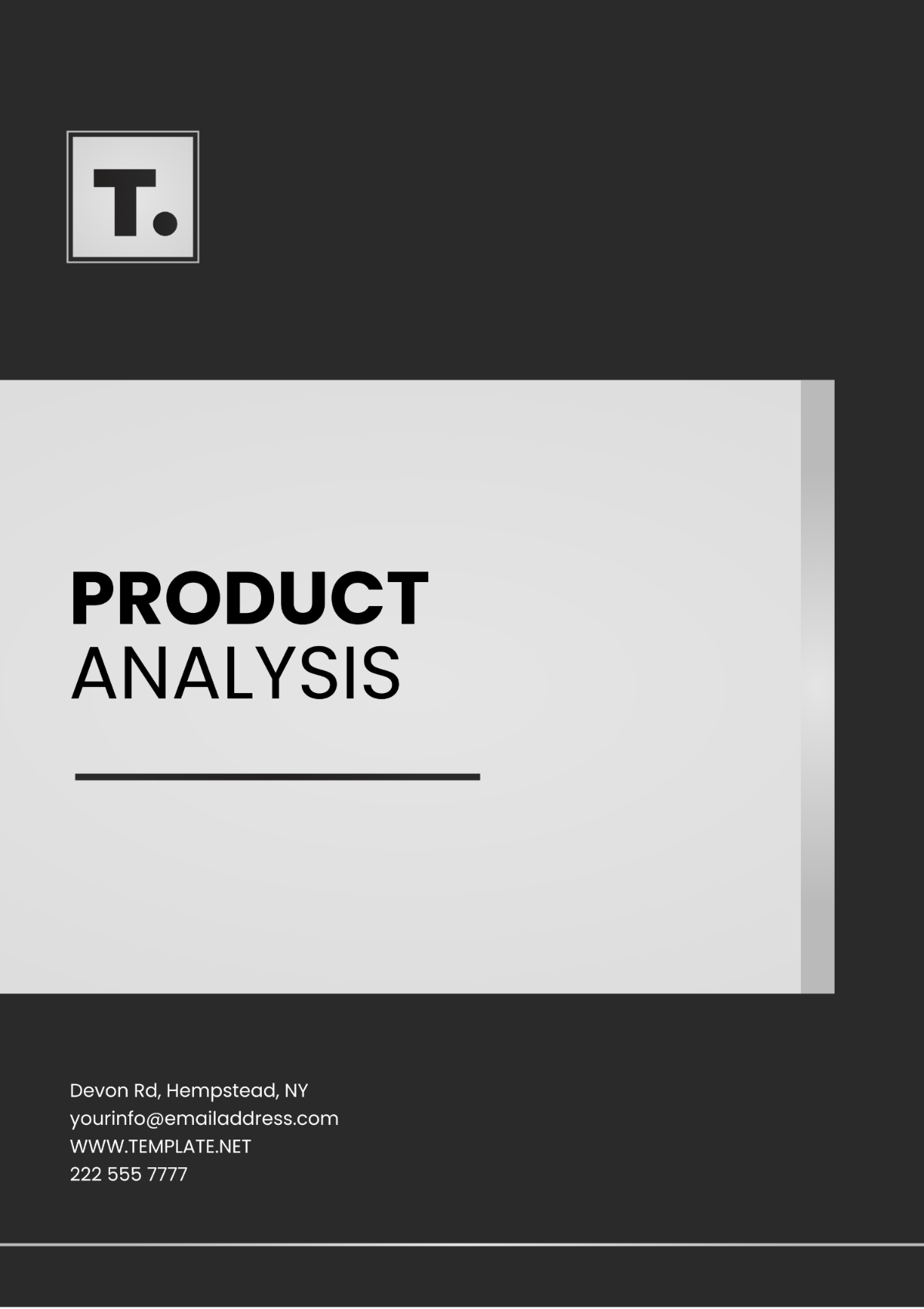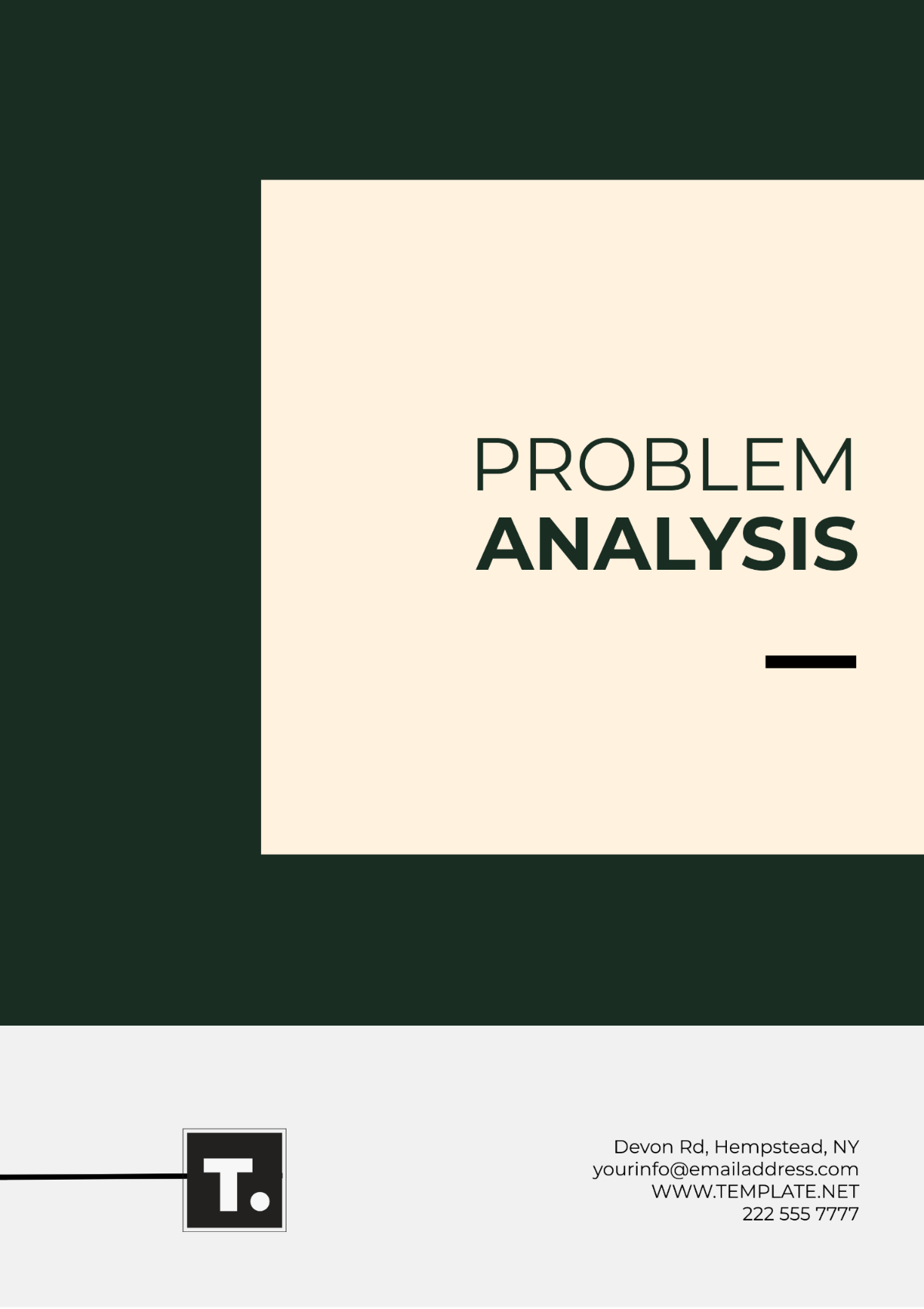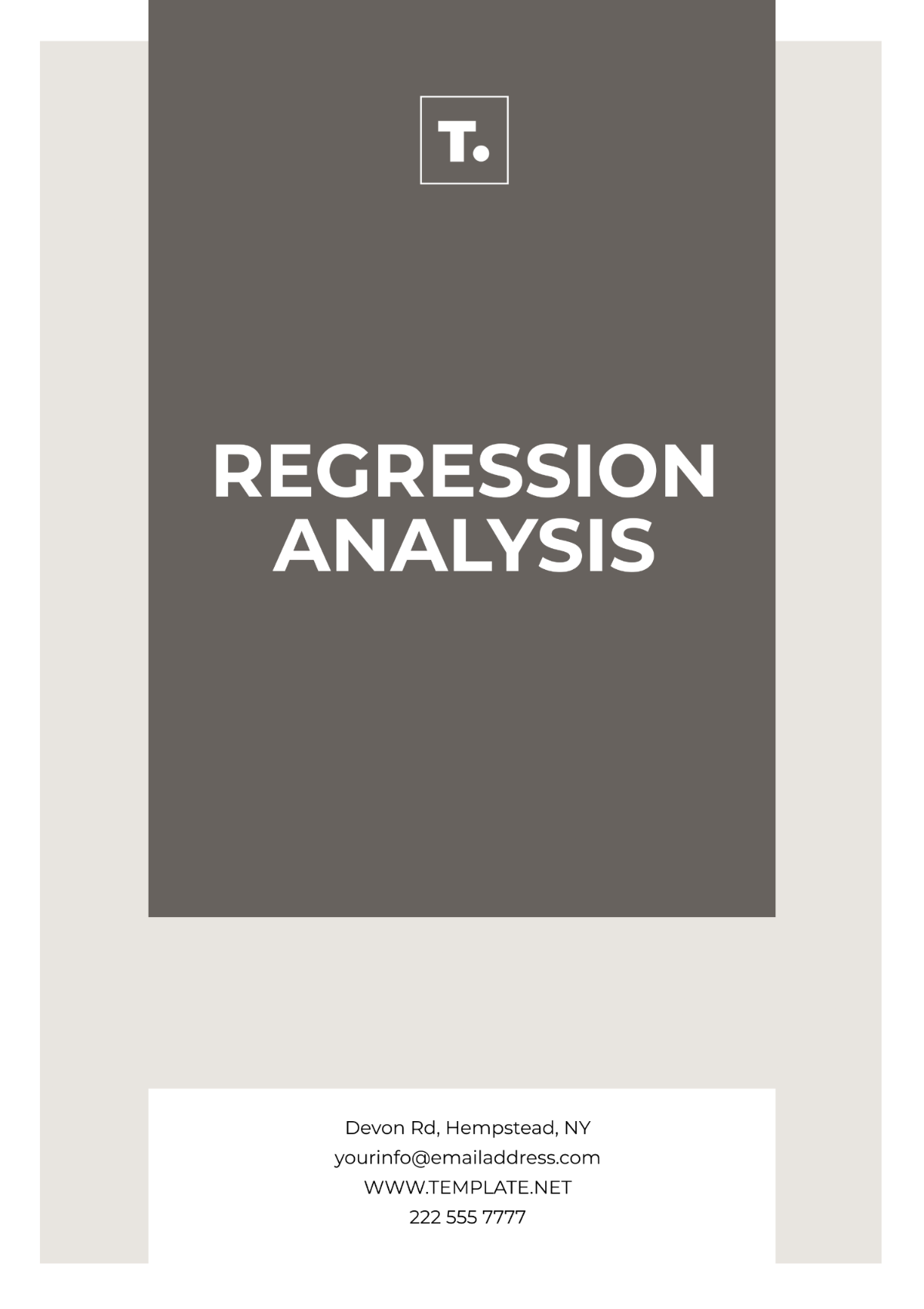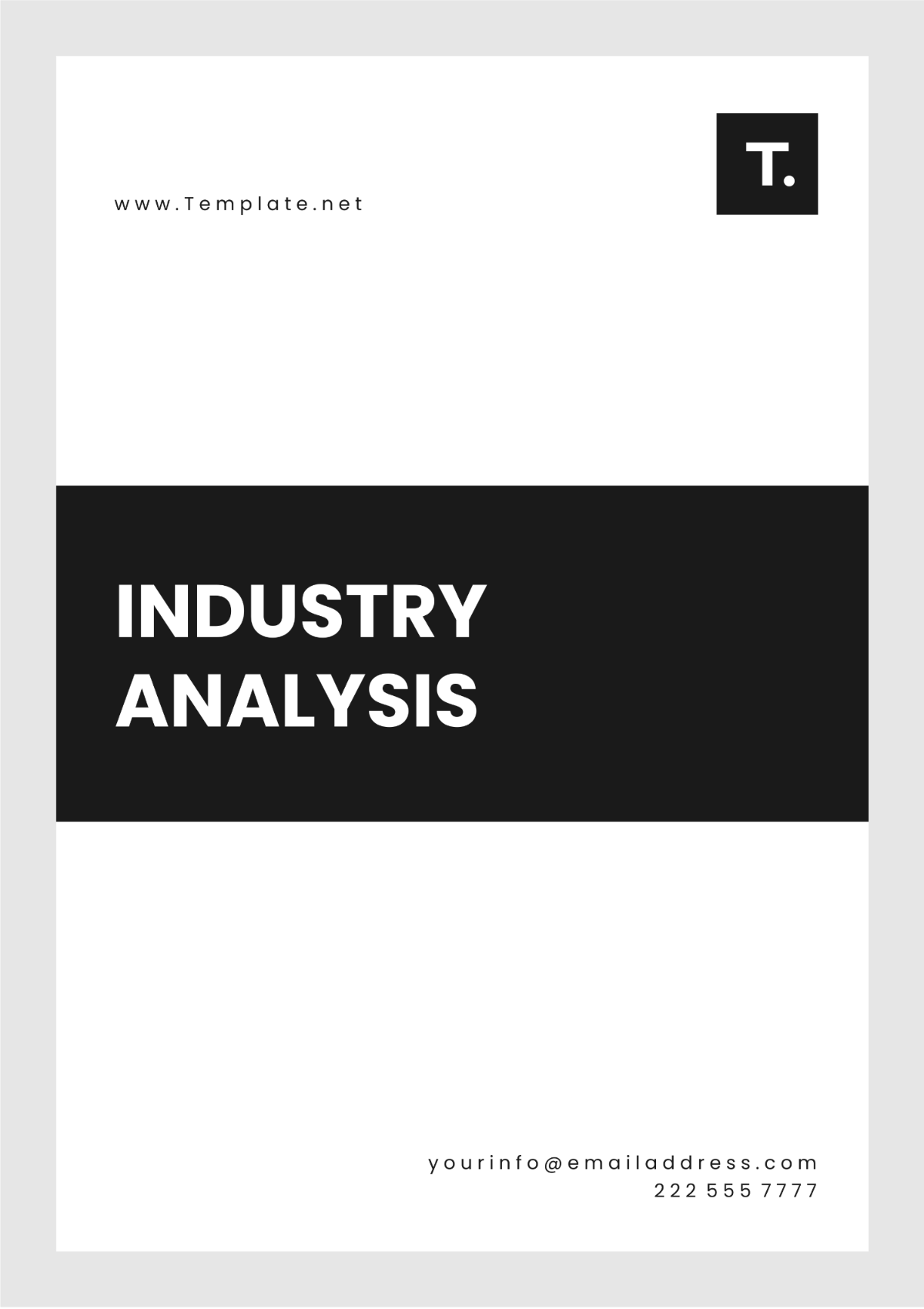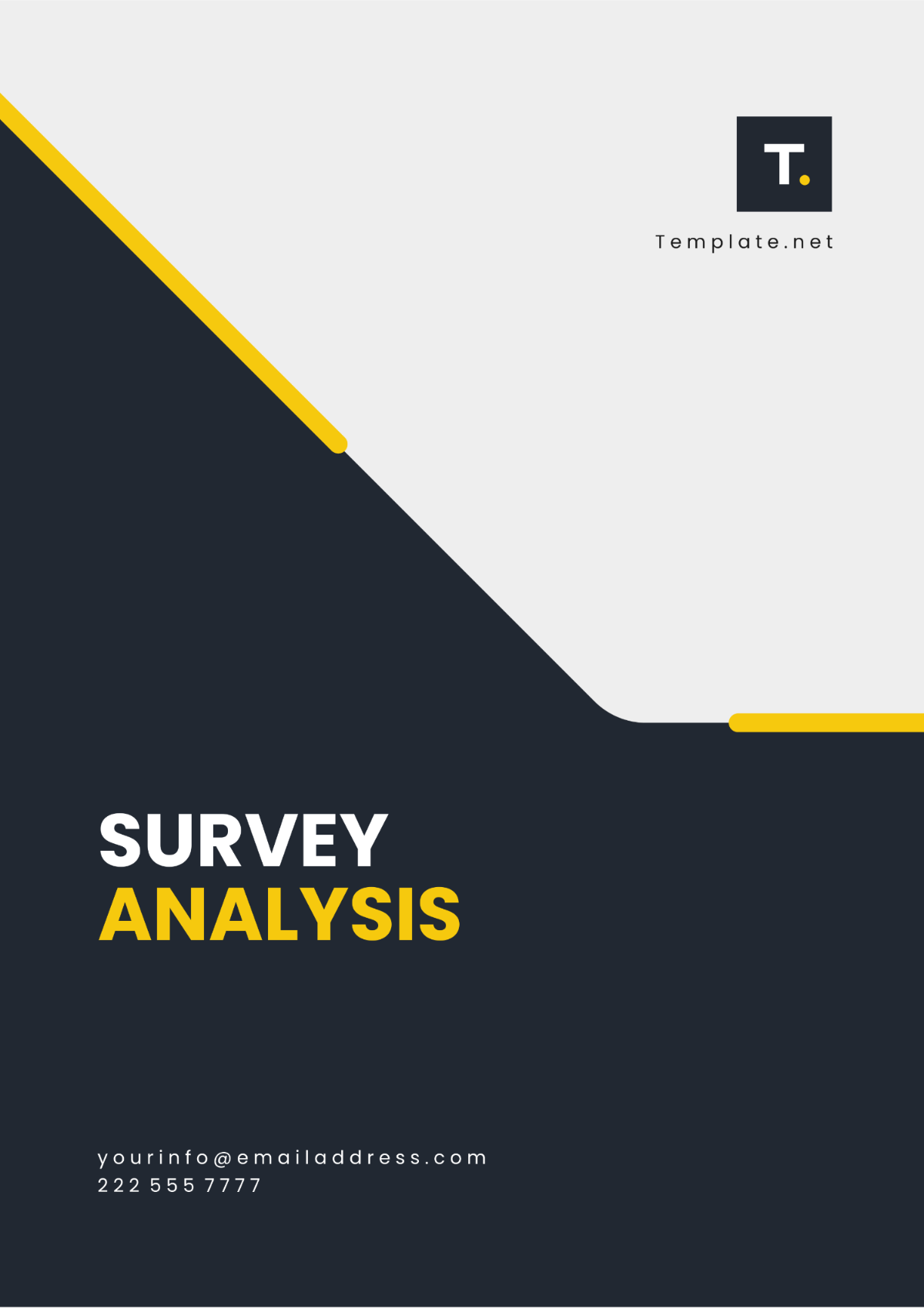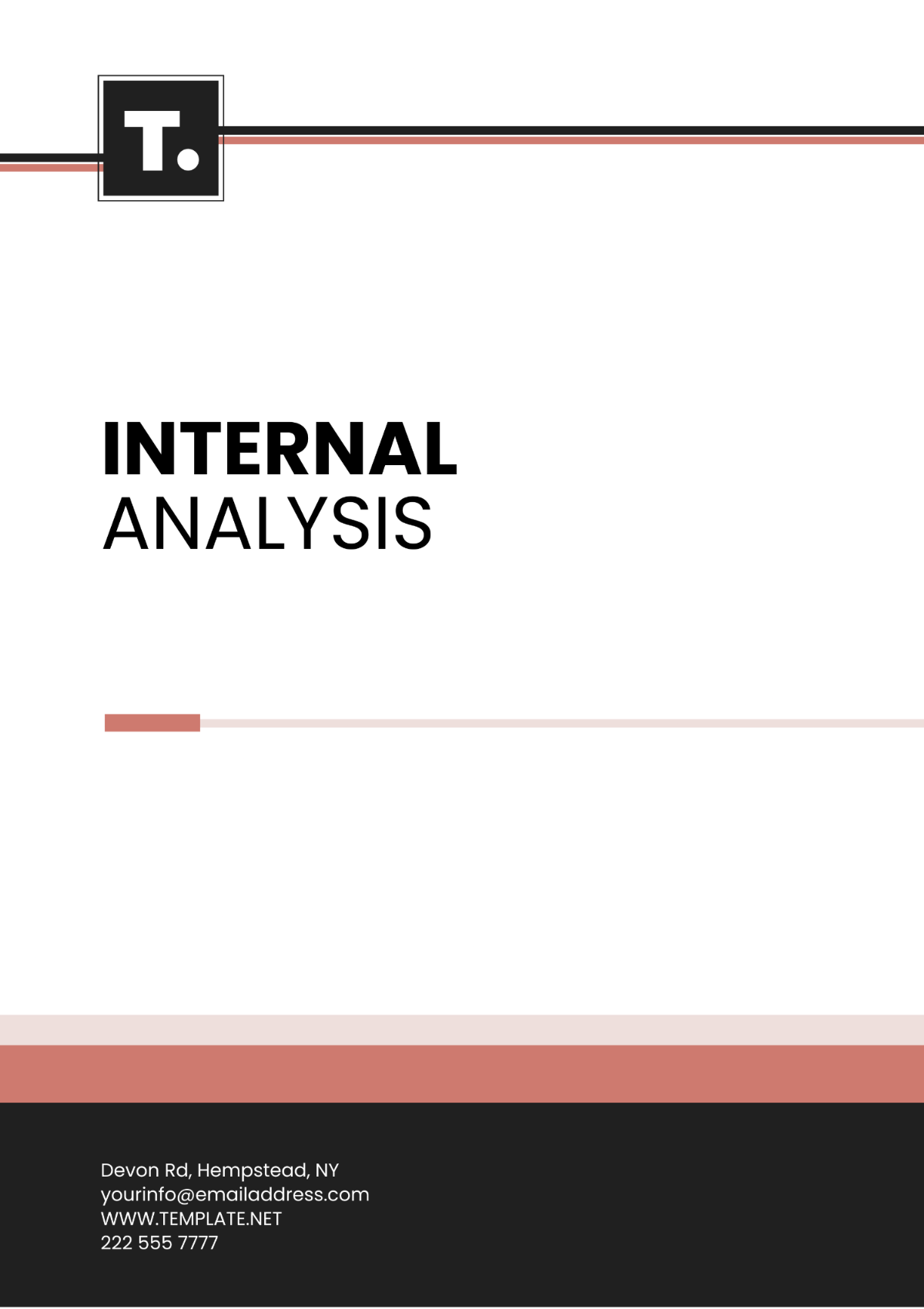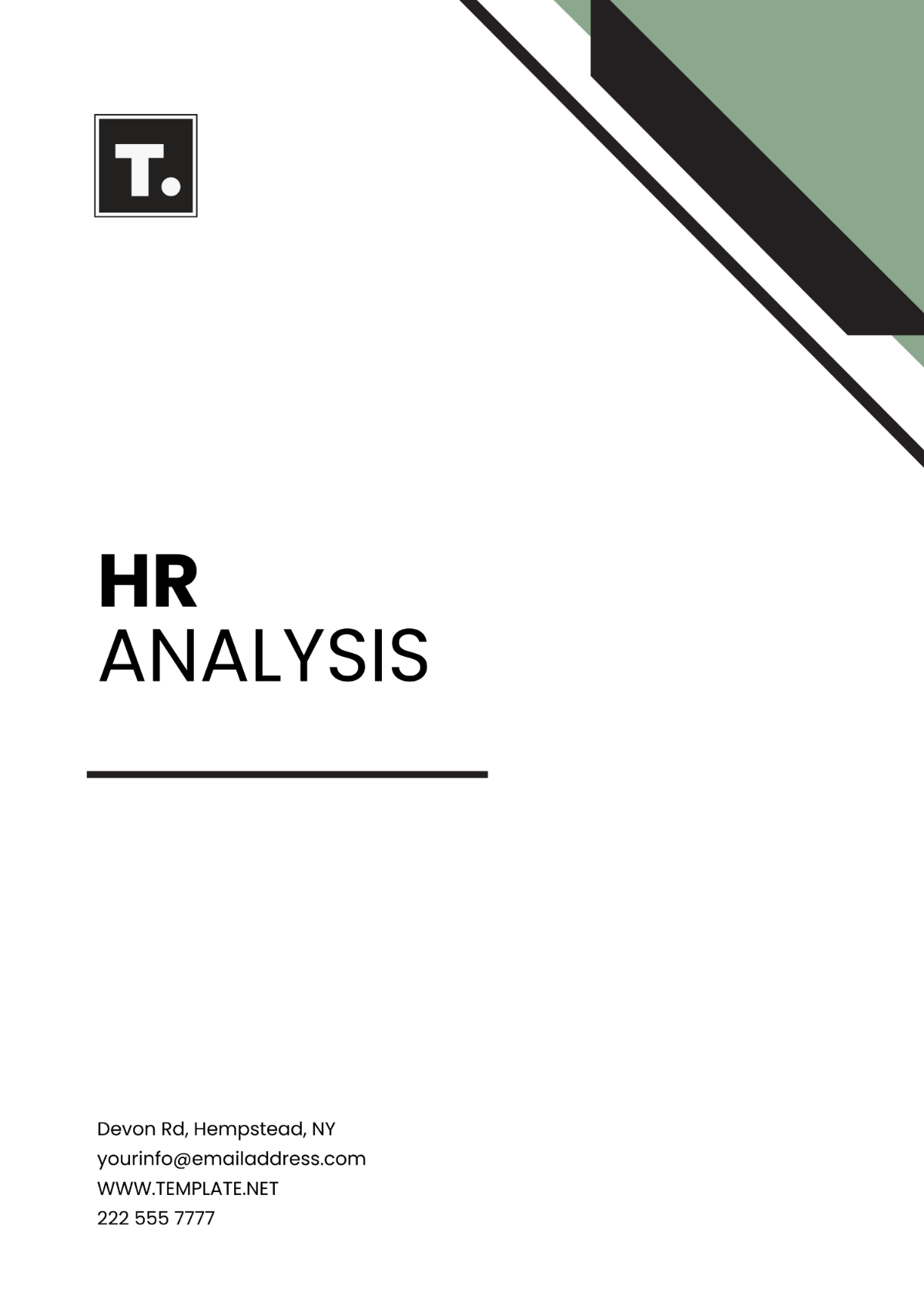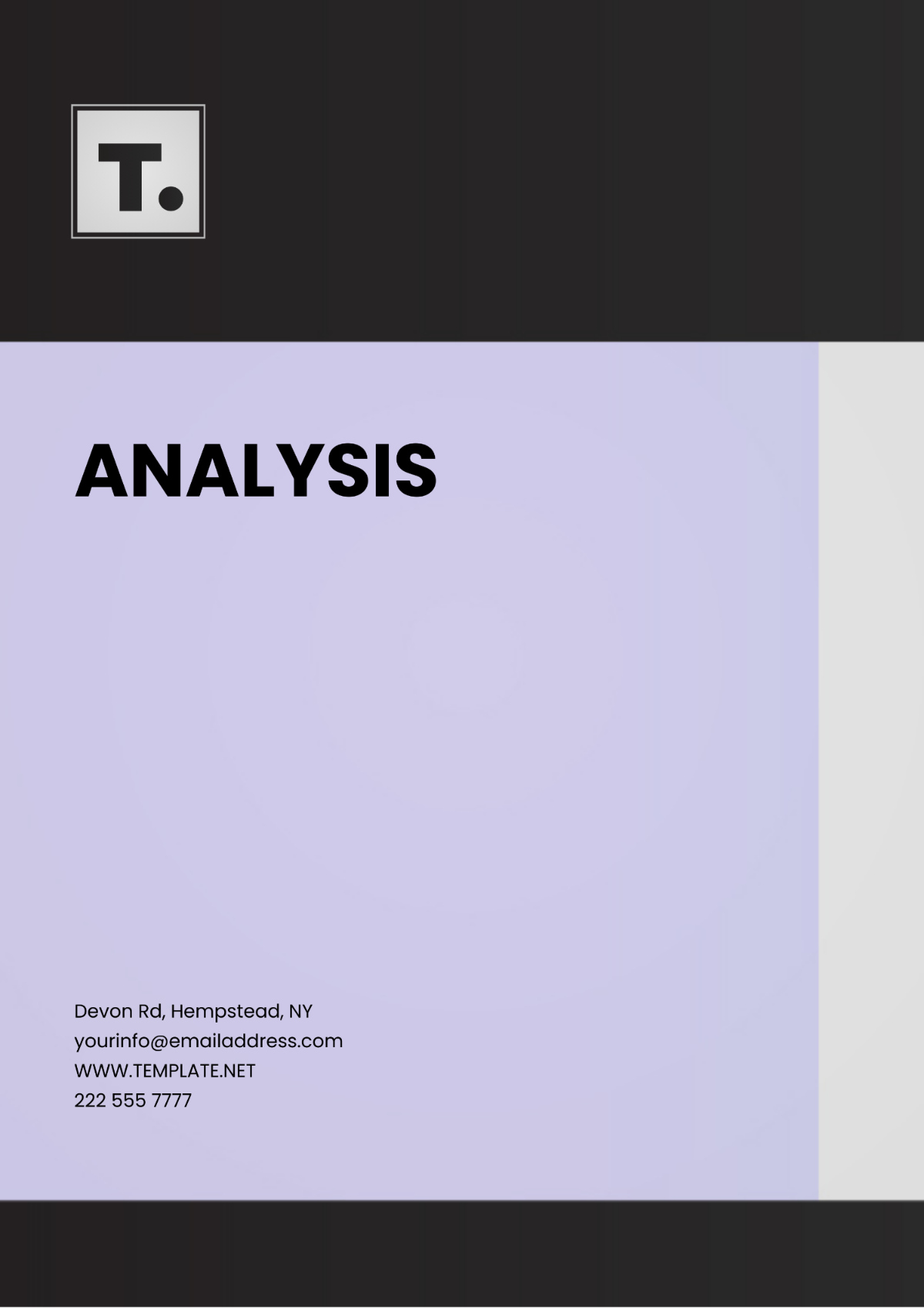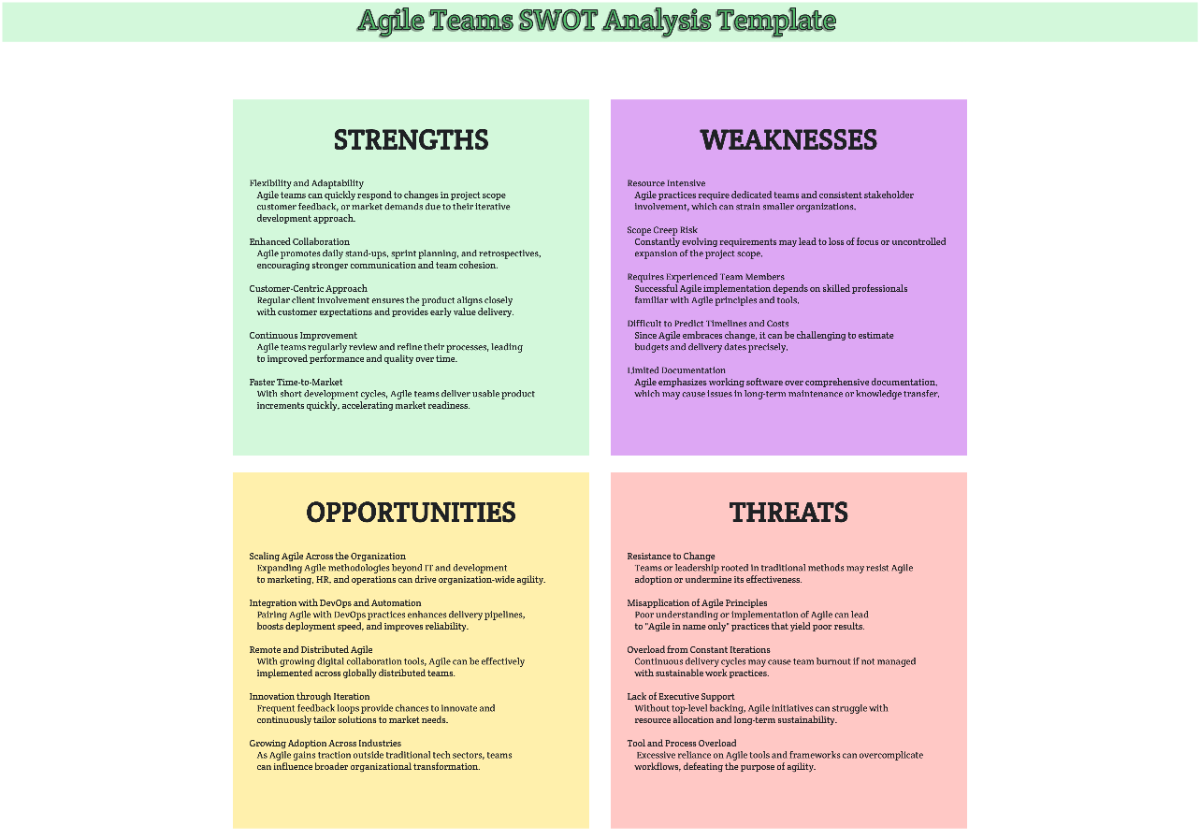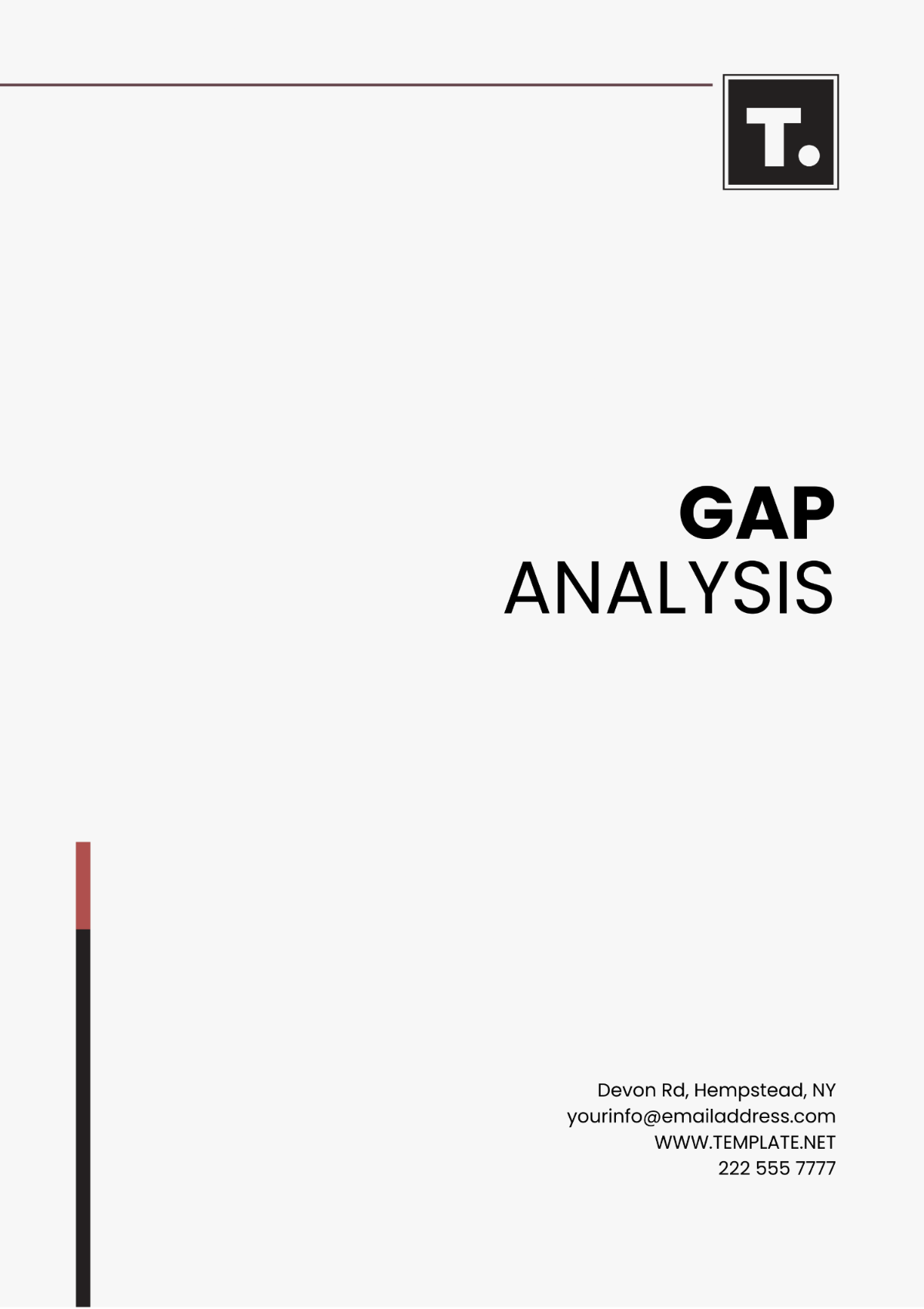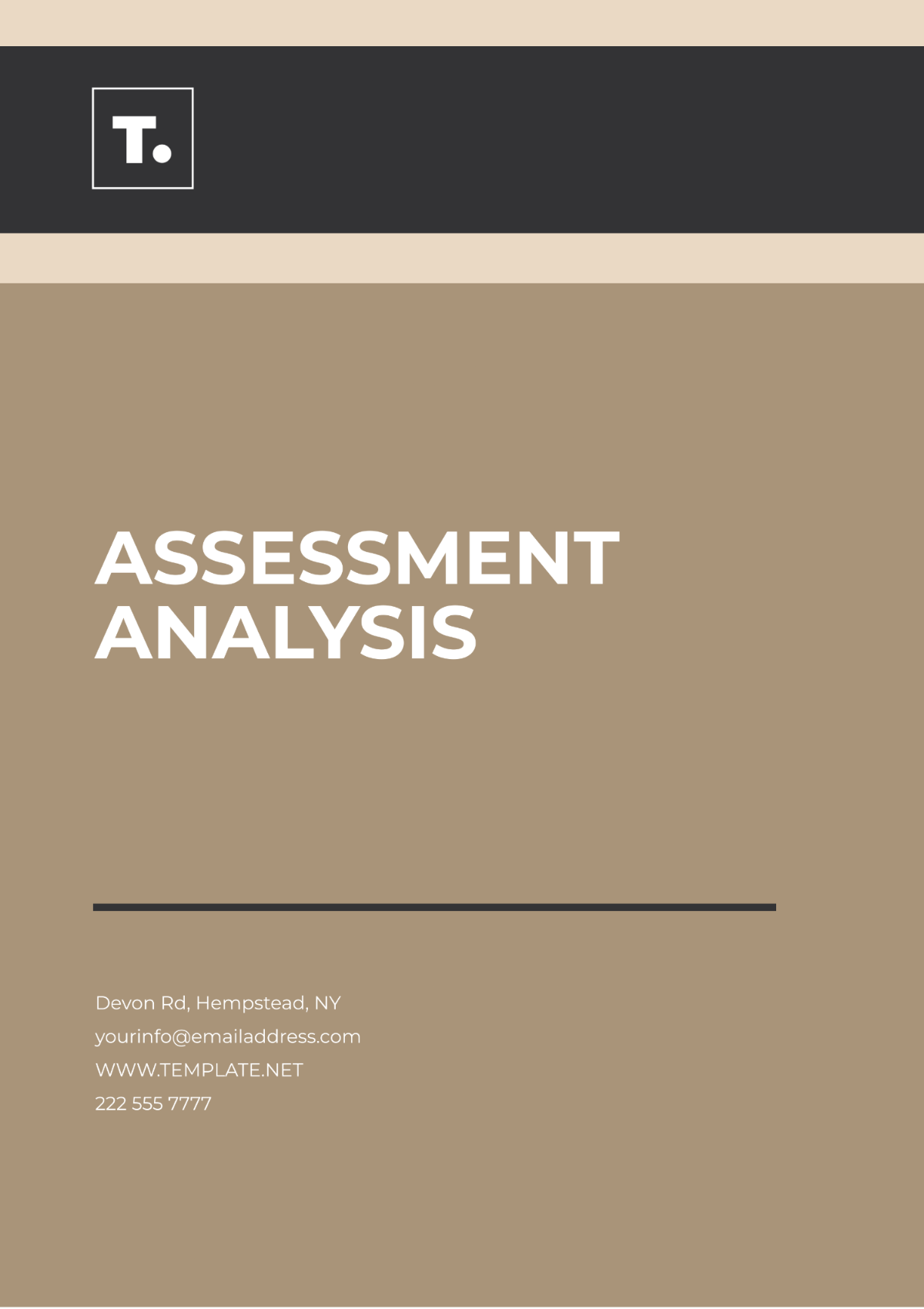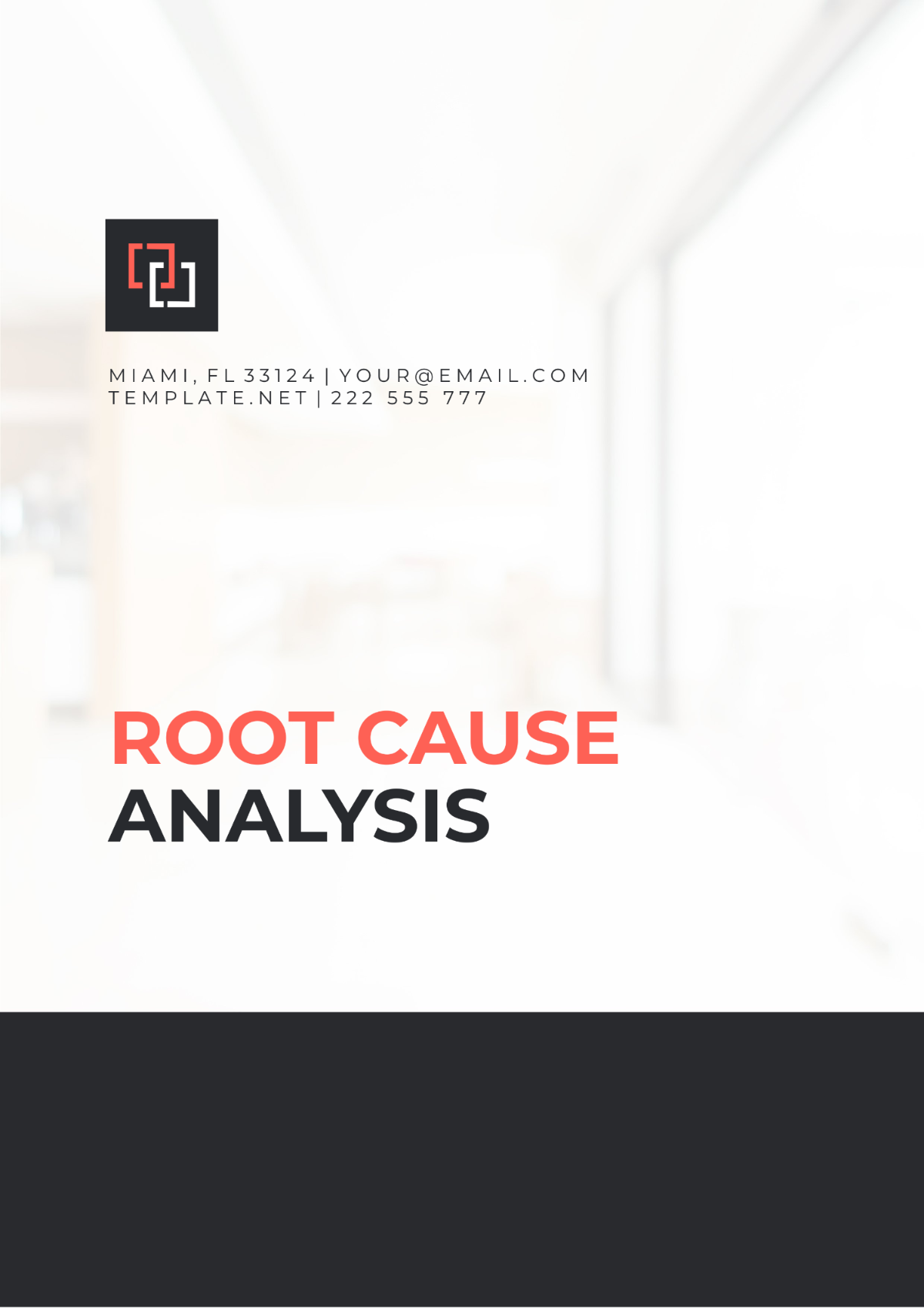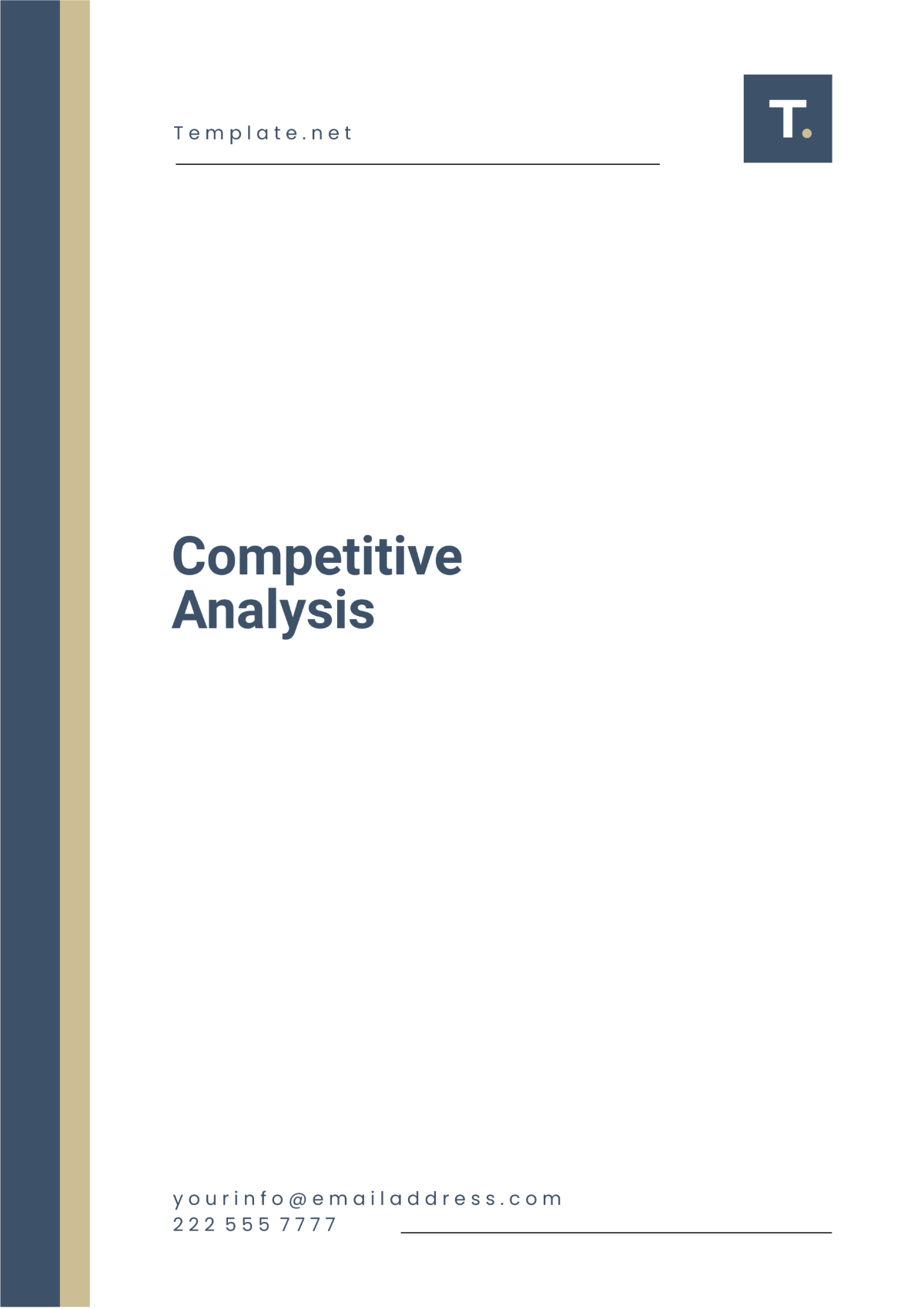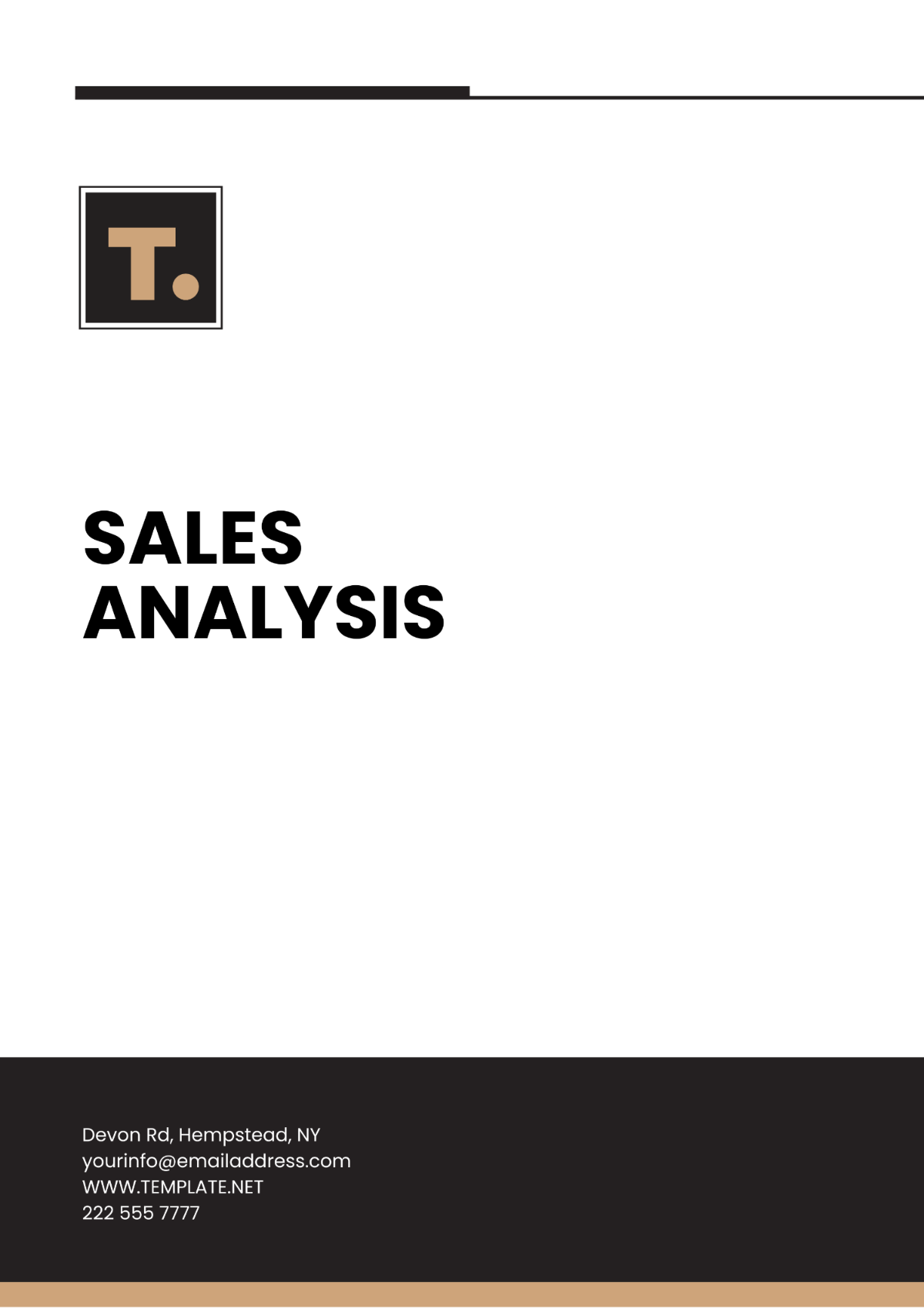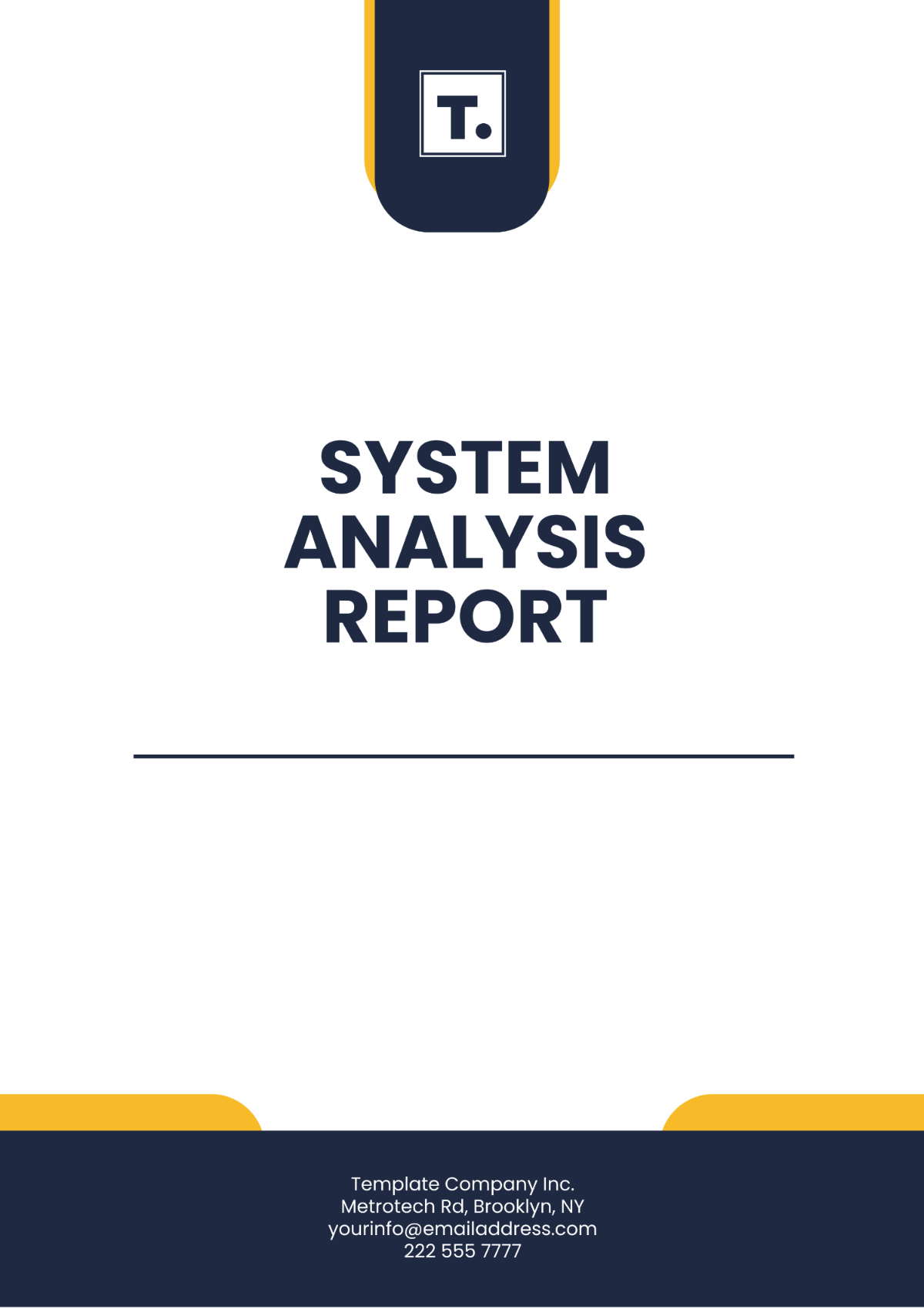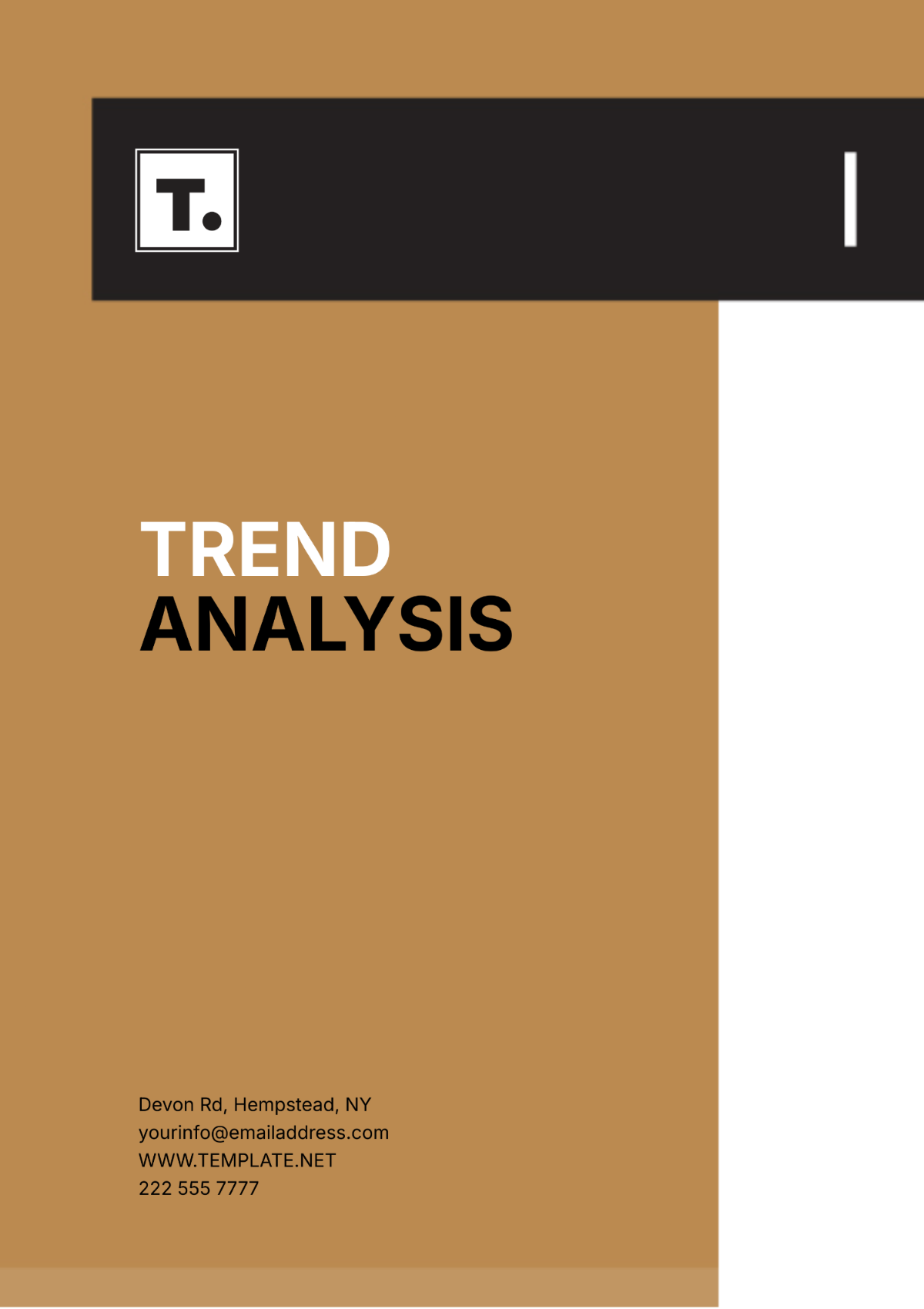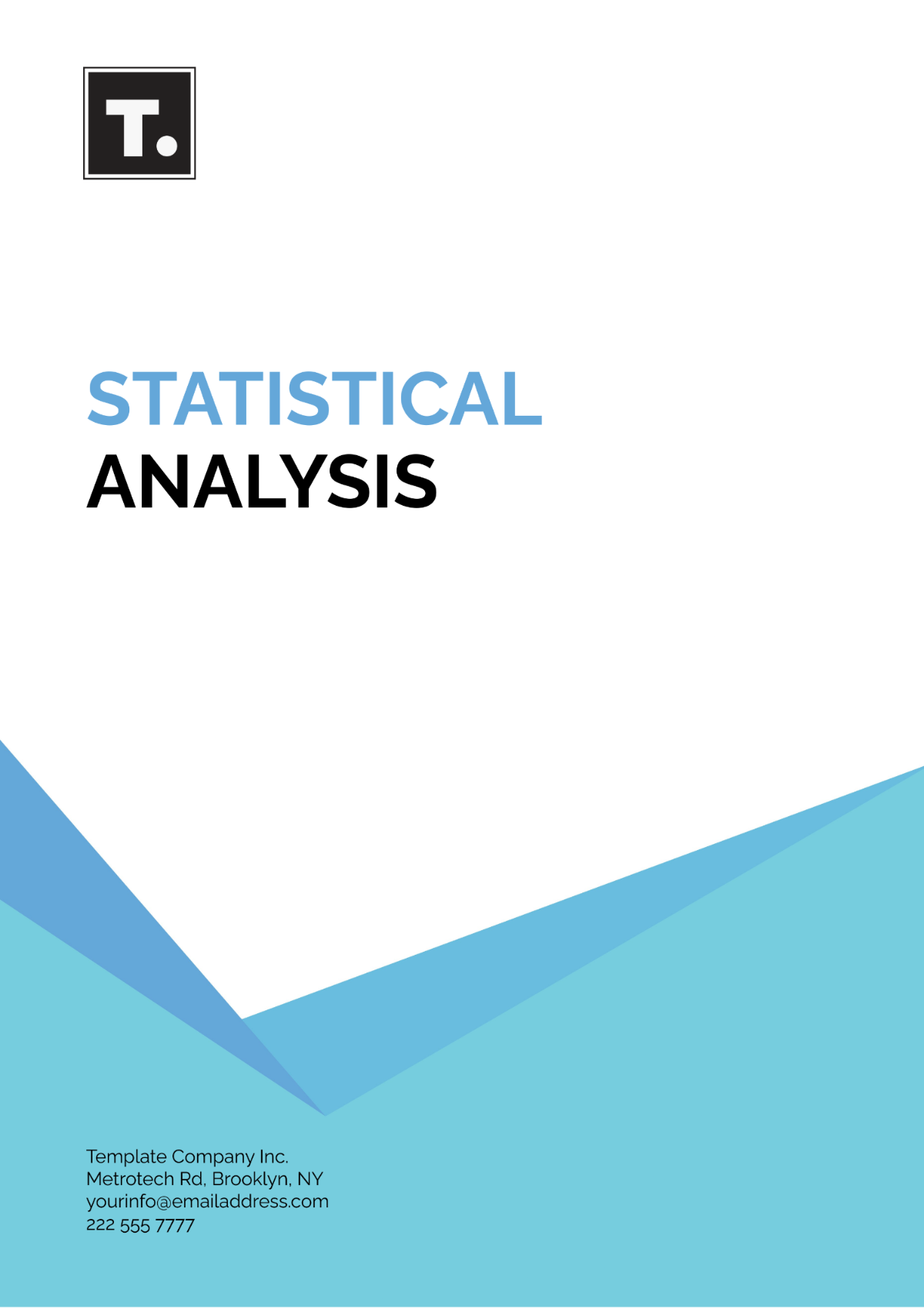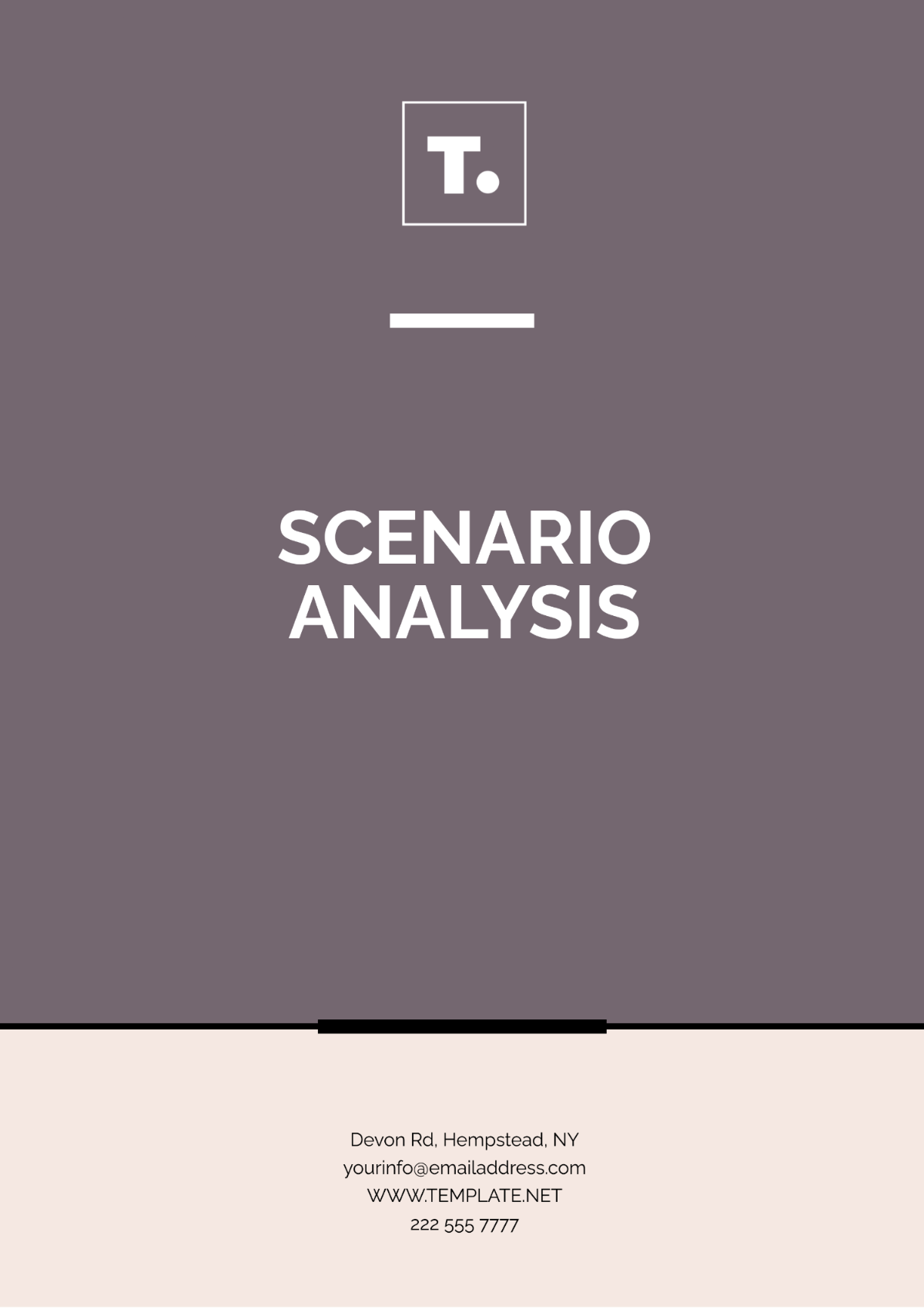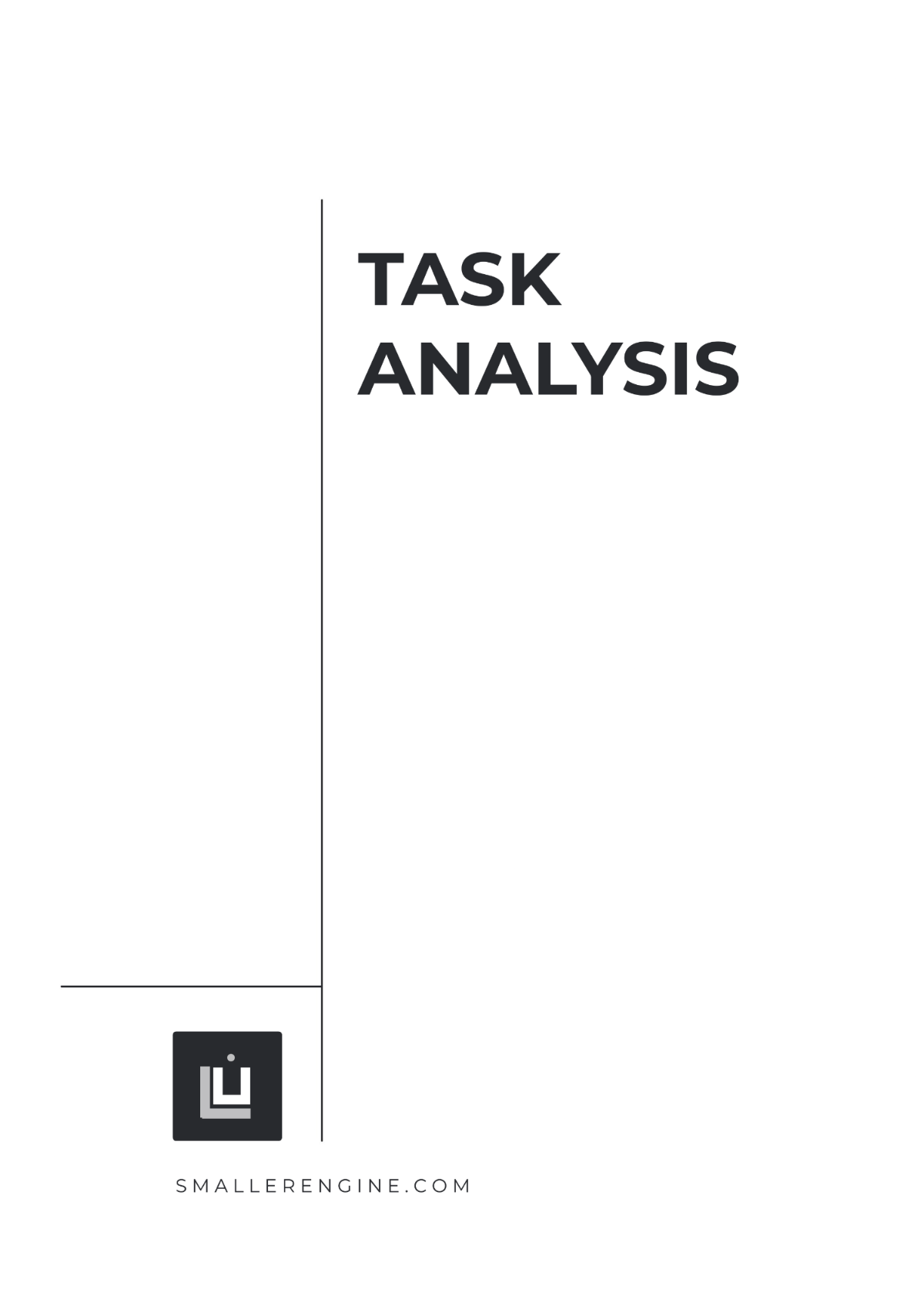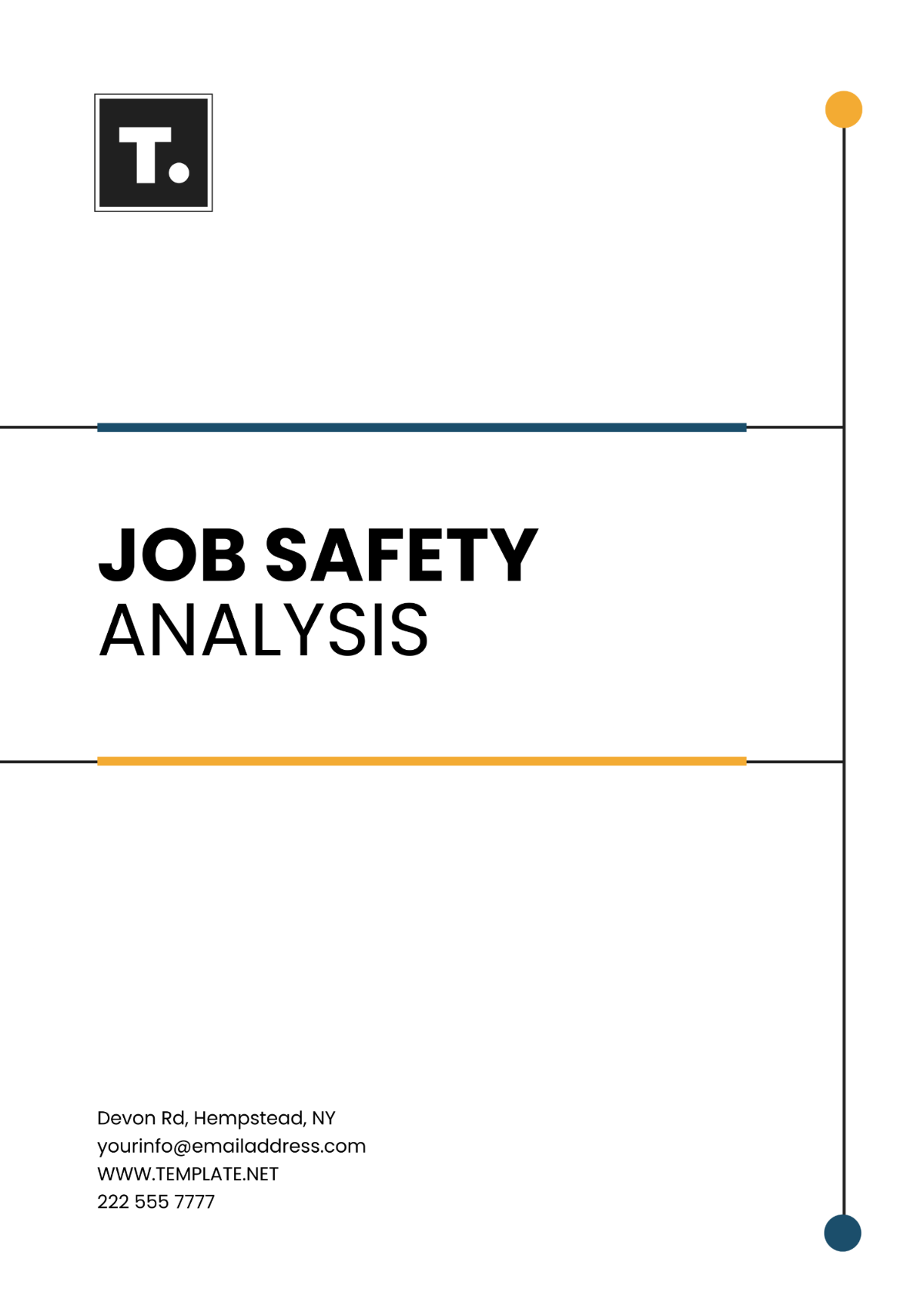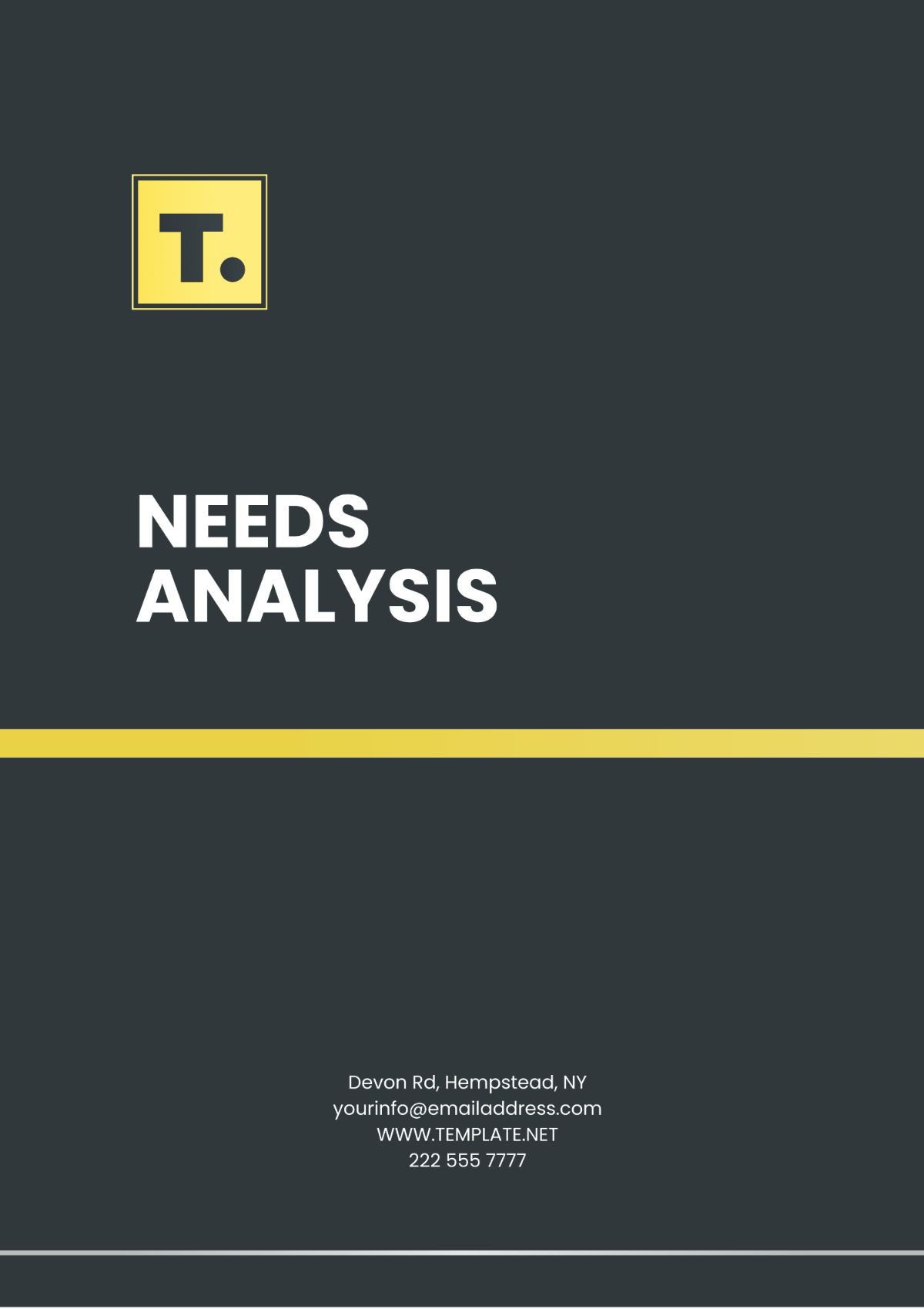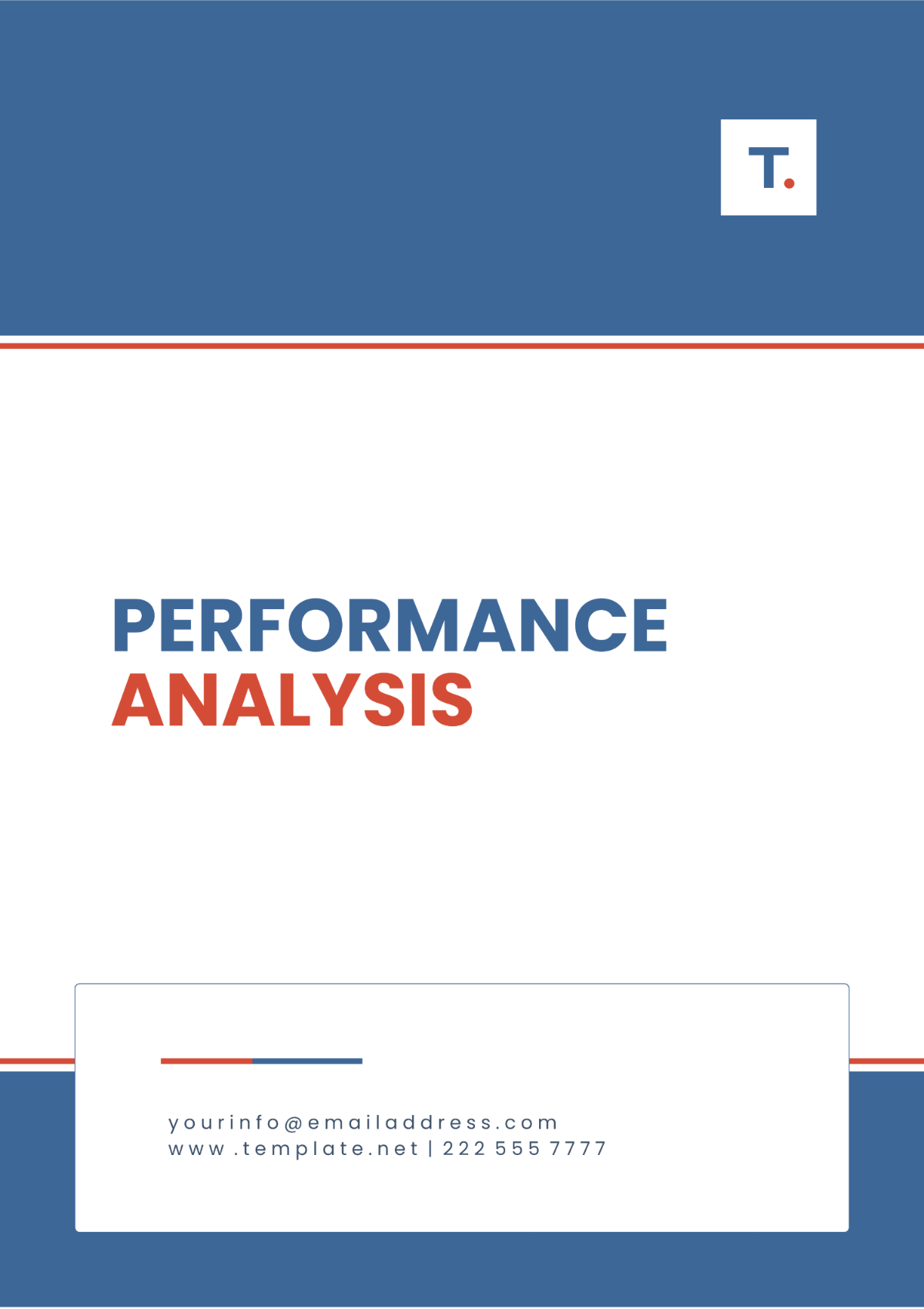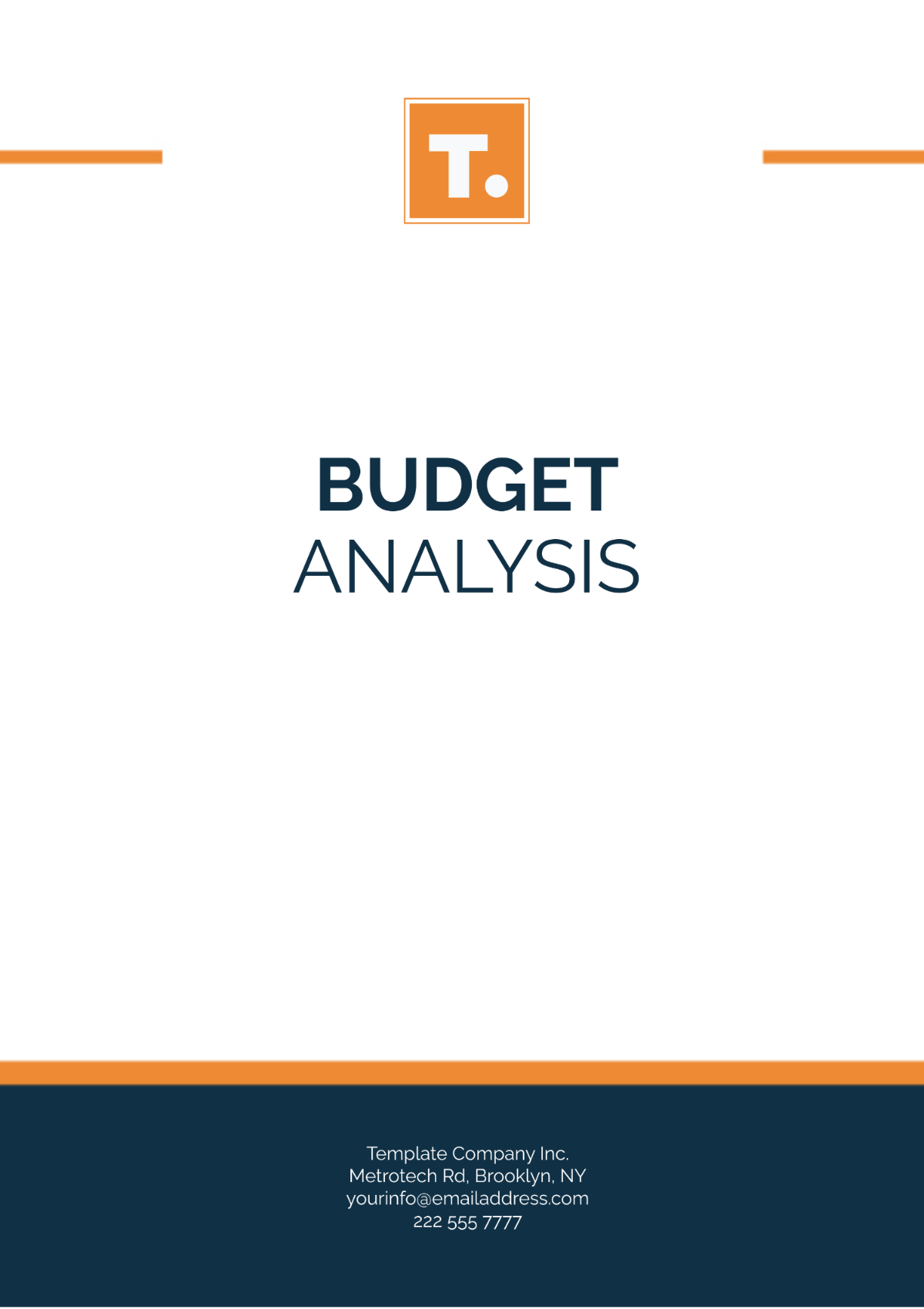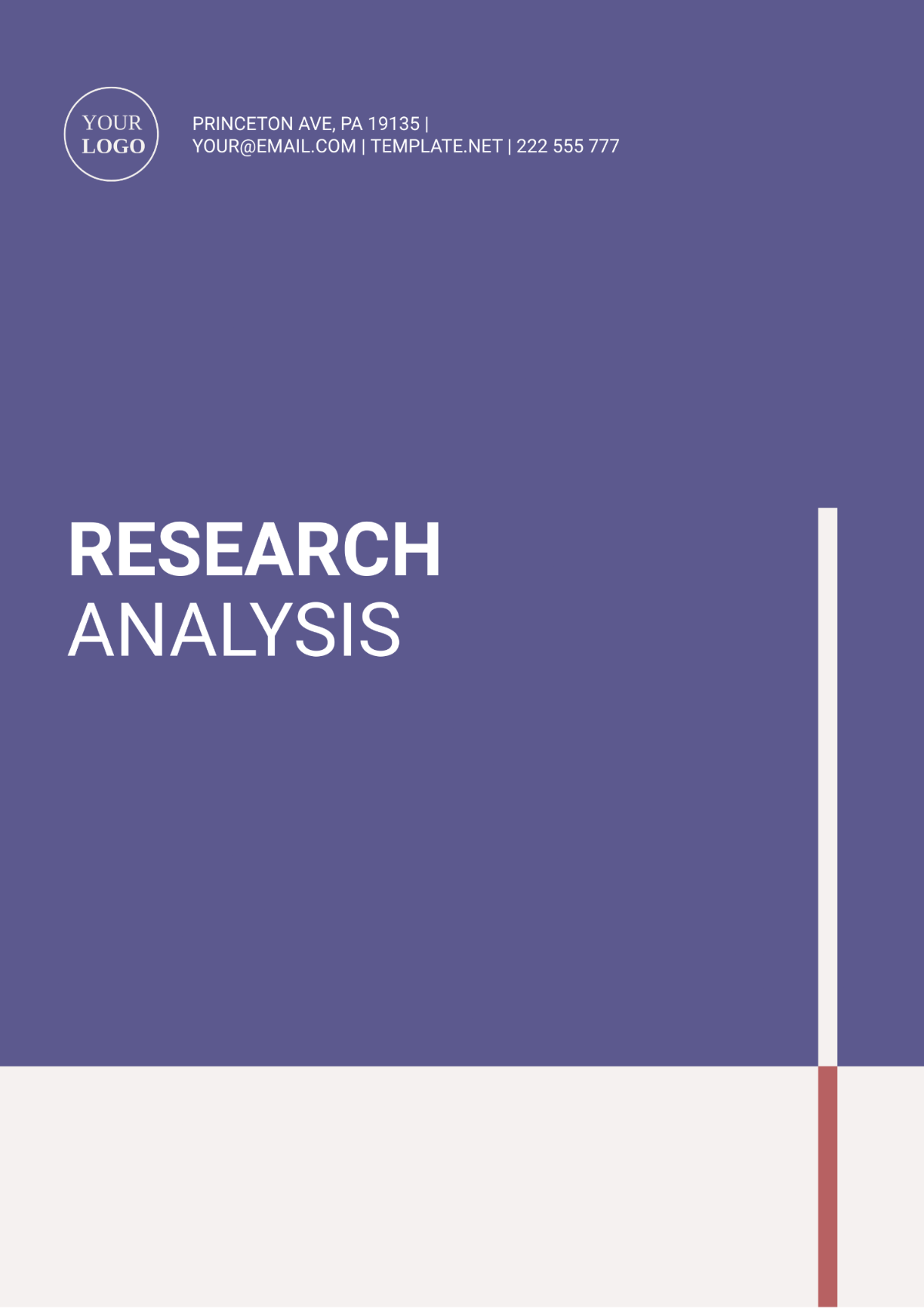Basic Thematic Framework Analysis
Prepared By: [Your Name]
Date: [DATE]
I. Introduction
Thematic Framework Analysis (TFA) is a method used for identifying, analyzing, and reporting patterns or themes within data. Thematic analysis is widely used in qualitative research, particularly in psychology, sociology, and healthcare. This document presents a comprehensive overview of the Basic Thematic Framework Analysis, detailing the key sections and subsections needed for an in-depth understanding of the method.
II. Background and Purpose
Thematic Framework Analysis provides a structured mechanism to systematically analyze complex qualitative data sets. The primary purpose of TFA is to enable researchers to identify essential themes that emerge during the analysis, ensuring the richness and accuracy of the data interpretation while maintaining a rigorous methodological approach.
III. Significance of TFA
Enhanced data organization
systematic approach to qualitative analysis
Identifies patterns and themes efficiently
Facilitates clear, detailed reporting
IV. Historical Context
Originally introduced within the social sciences, Thematic Framework Analysis has expanded to various fields. Its adaptability and robustness make it a reliable method for analyzing rich qualitative data across disciplines.
V. Methodology
The methodology of Thematic Framework Analysis generally involves several key steps. These steps are designed to guide researchers in extracting and interpreting themes effectively from their data sets.
Step 1: Familiarization
Familiarization involves the process of immersing oneself in the data to understand its depth and breadth. This initial step includes reading and re-reading the data, taking initial notes, and recognizing preliminary codes.
Step 2: Identifying a Thematic Framework
In this step, researchers develop a framework of codes or categories based on their initial understanding and existing theoretical constructs. This involves identifying a list of themes (or a codebook), which will be applied to the data.
Reviewing literature
Generating inductive codes
Defining categories
Step 3: Indexing
Indexing, also known as coding, is the process of systematically applying the previously identified codes to the data. This can be done manually or using qualitative data analysis software. The goal is to label relevant features of the data to categorize it efficiently.
Step 4: Charting
Charting involves arranging the data into a thematic matrix where data is summarized and grouped under relevant themes. This practice helps in condensing the data while maintaining a coherent structure.
Theme | Description | Data Examples |
|---|---|---|
Theme 1 | brief description of Theme 1 | Examples from data set |
Theme 2 | brief description of Theme 2 | Examples from data set |
Step 5: Mapping and Interpretation
This final step entails analyzing the thematic matrix to build a narrative or argument based on the themes identified. This process includes interpretation and derives meaning in the context of the research question(s).
VI. Applications and Case Studies
Thematic Framework Analysis is versatile and applicable in various research contexts. Below are three distinct case studies that illustrate its application across different fields.
Case Study 1: Healthcare
This study involved analyzing patient feedback to improve healthcare services. By employing TFA, researchers identified significant themes such as patient satisfaction, communication barriers, and access to services, which informed policy changes and improved outcomes.
Case Study 2: Education
In educational research, TFA was utilized to explore teachers' perceptions of remote learning. Key themes such as technological challenges, pedagogical strategies, and student engagement were identified, providing insights into effective online education practices.
Case Study 3: Marketing
A market research study applied TFA to consumer feedback on a new product. Themes like product satisfaction, usability, and price sensitivity emerged, allowing companies to tailor their marketing strategies accordingly.
VII. Challenges and Limitations
While Thematic Framework Analysis is a powerful tool, it does present certain challenges and limitations that researchers must address.
Common Challenges
Potential for researcher bias
time-consuming nature of the process
Complexity in managing large data sets
Difficulty in maintaining consistency and rigor
Addressing Limitations
To mitigate these challenges, researchers can adopt strategies such as peer debriefing, maintaining an audit trail, triangulation, and using qualitative data analysis software to enhance the reliability and validity of their analysis.
VIII. Conclusion
Thematic Framework Analysis offers a systematic approach to qualitative data analysis, enabling researchers to uncover rich, detailed insights from vast data sets. By following the outlined steps and being mindful of associated challenges, researchers can effectively apply TFA to various contexts and fields, enhancing the quality and impact of their work.

